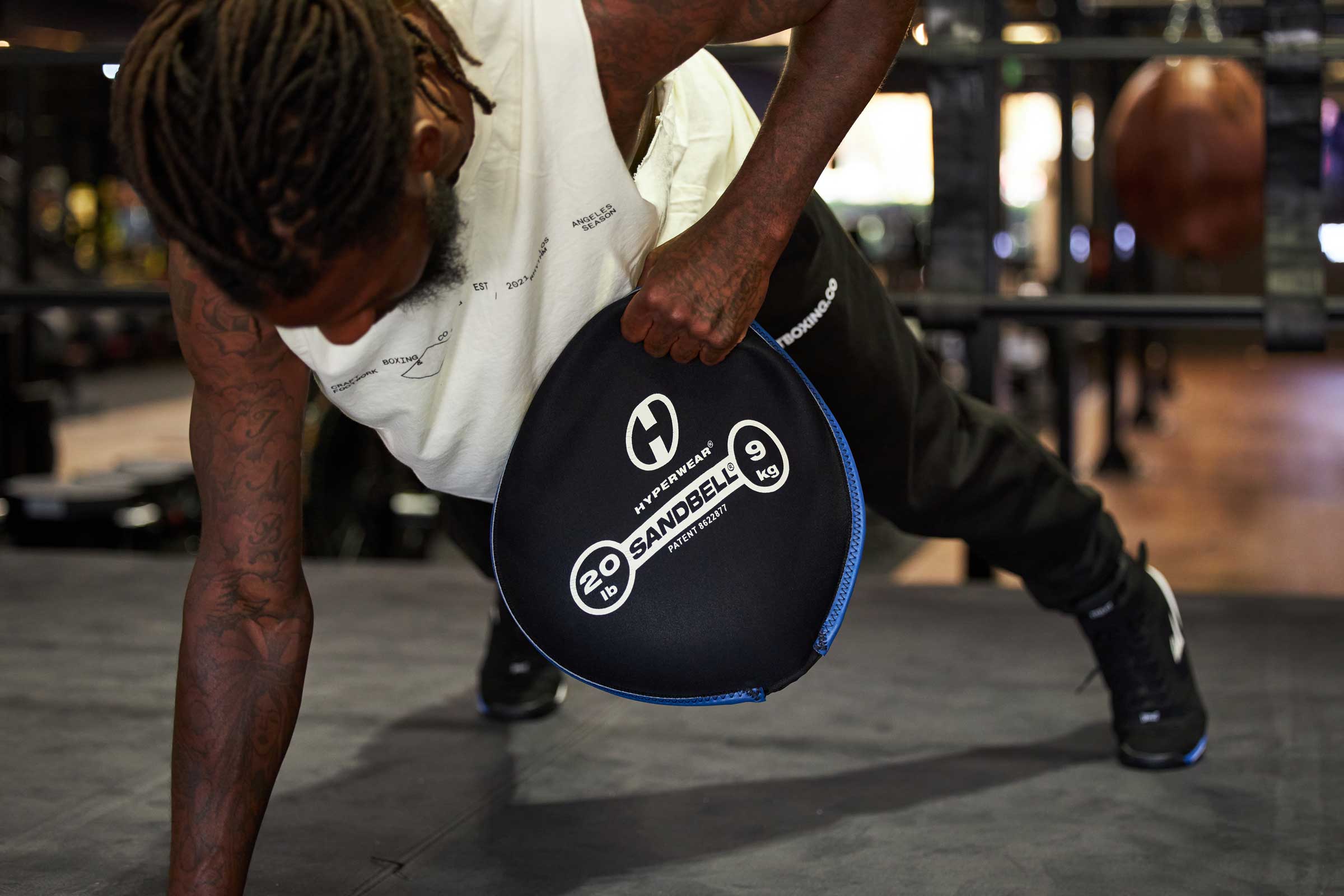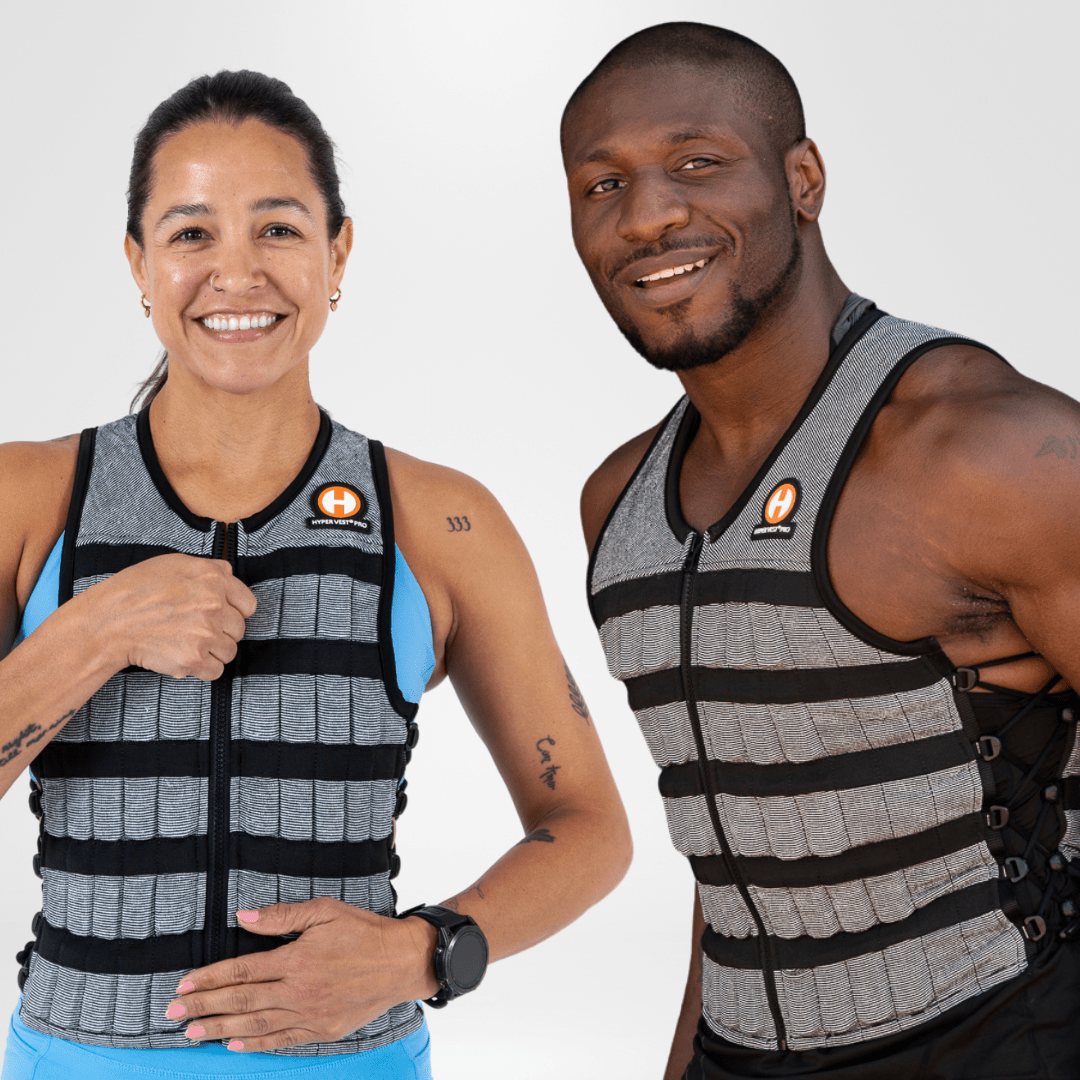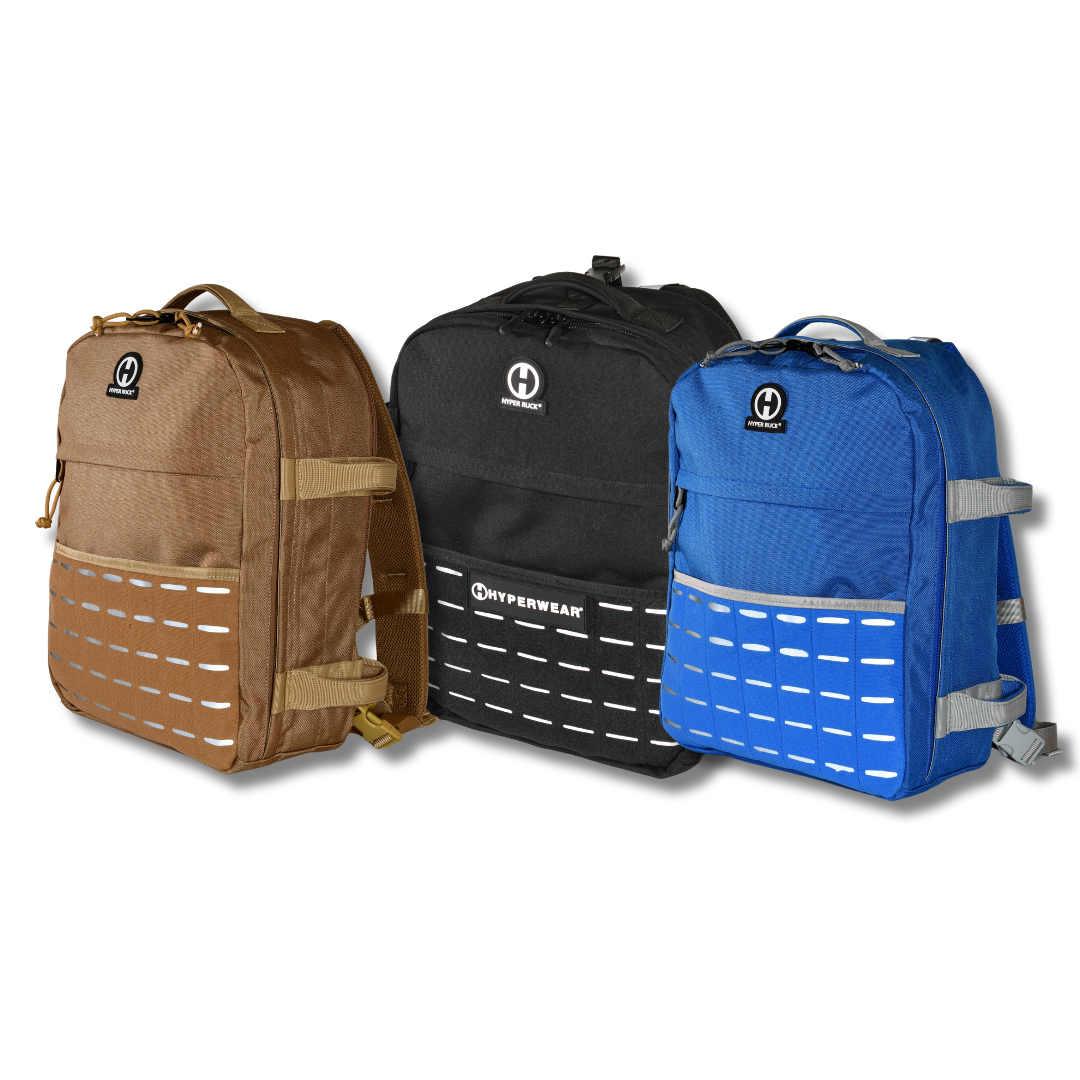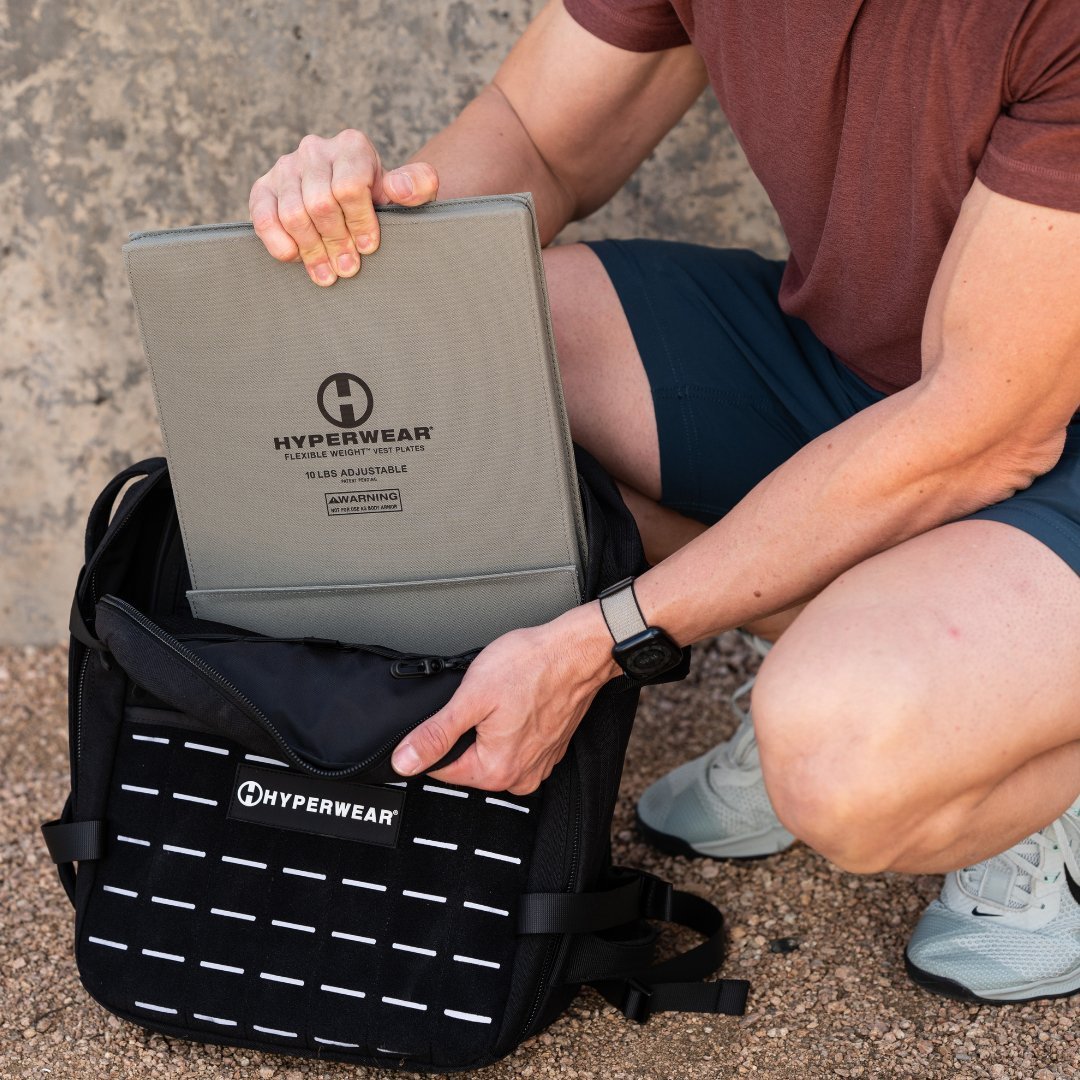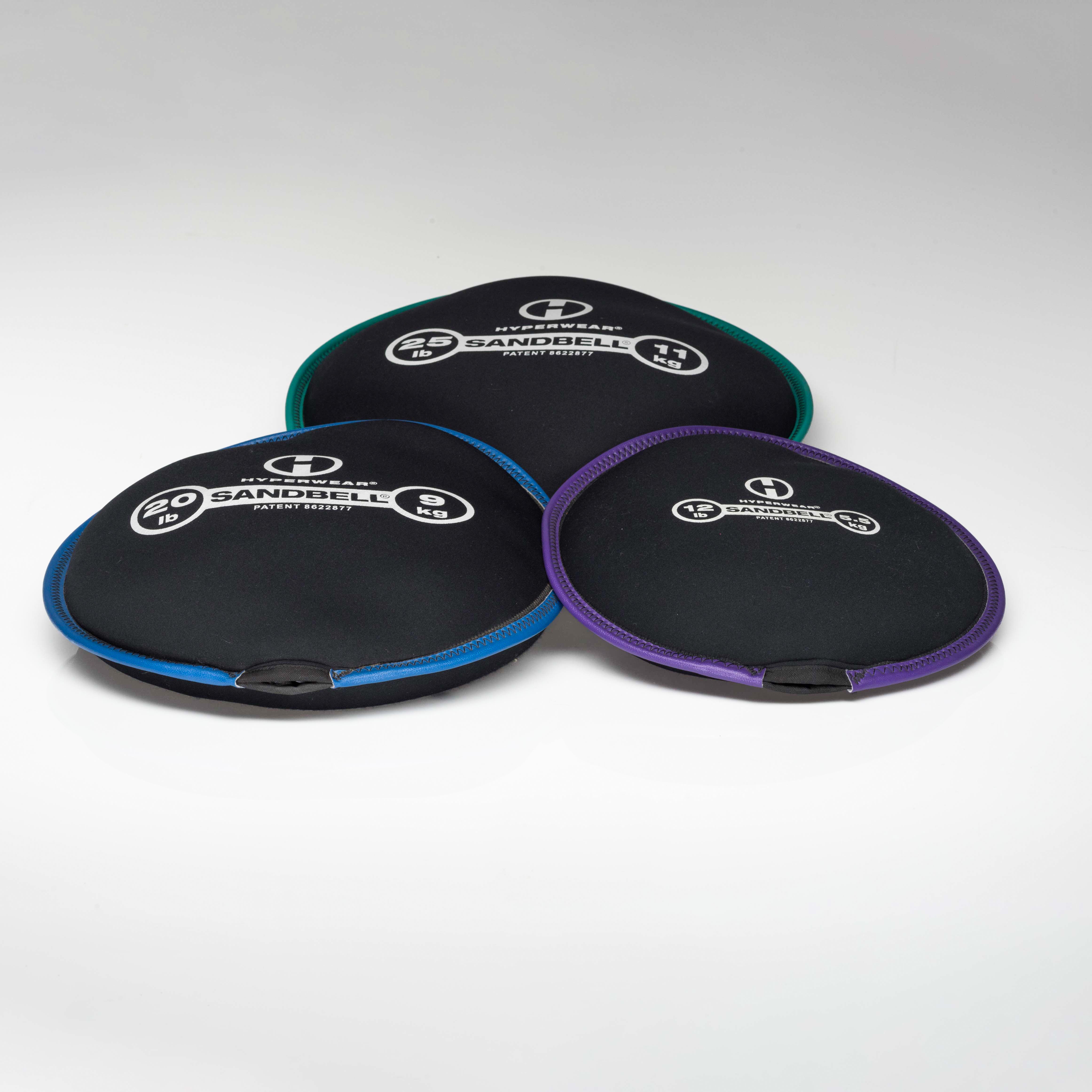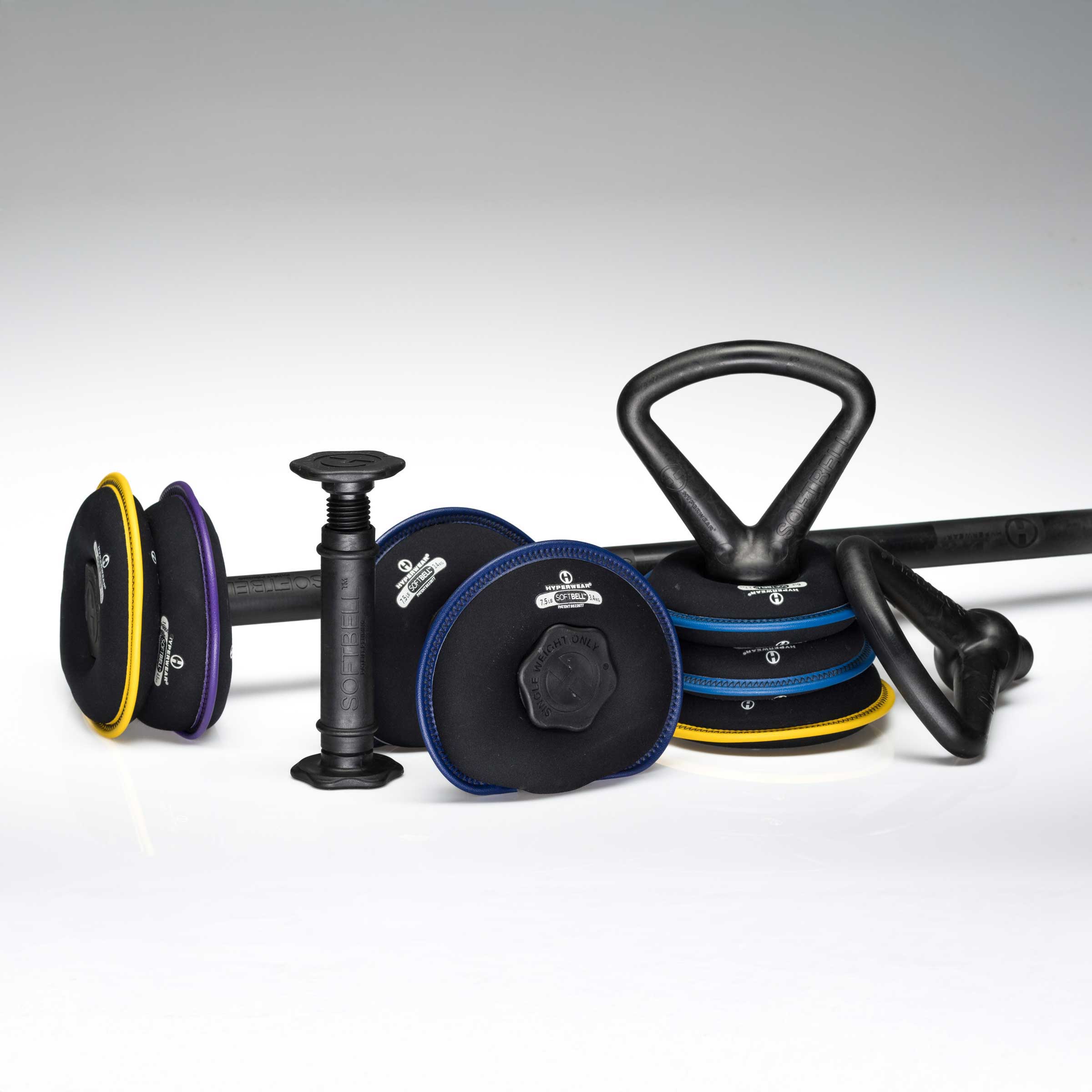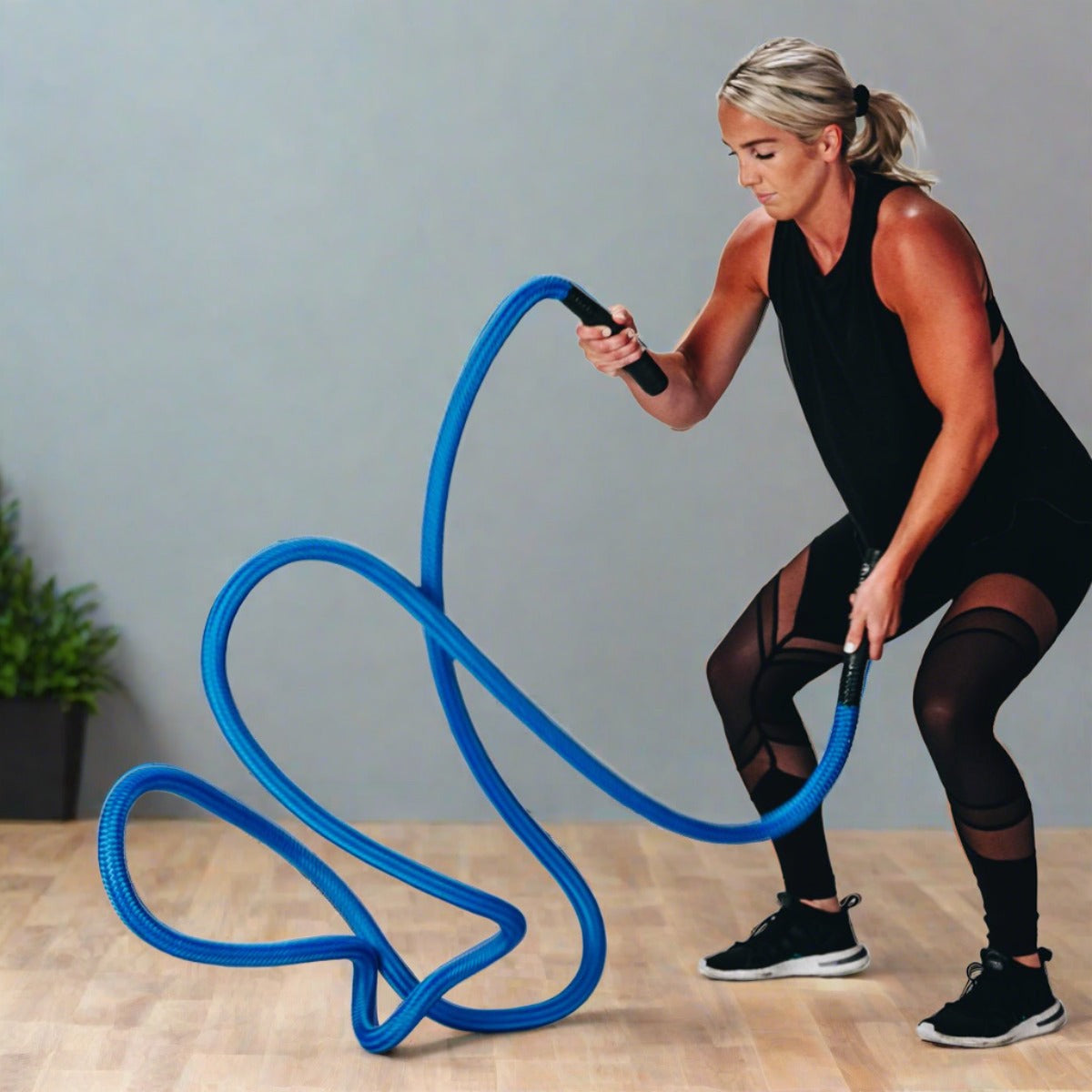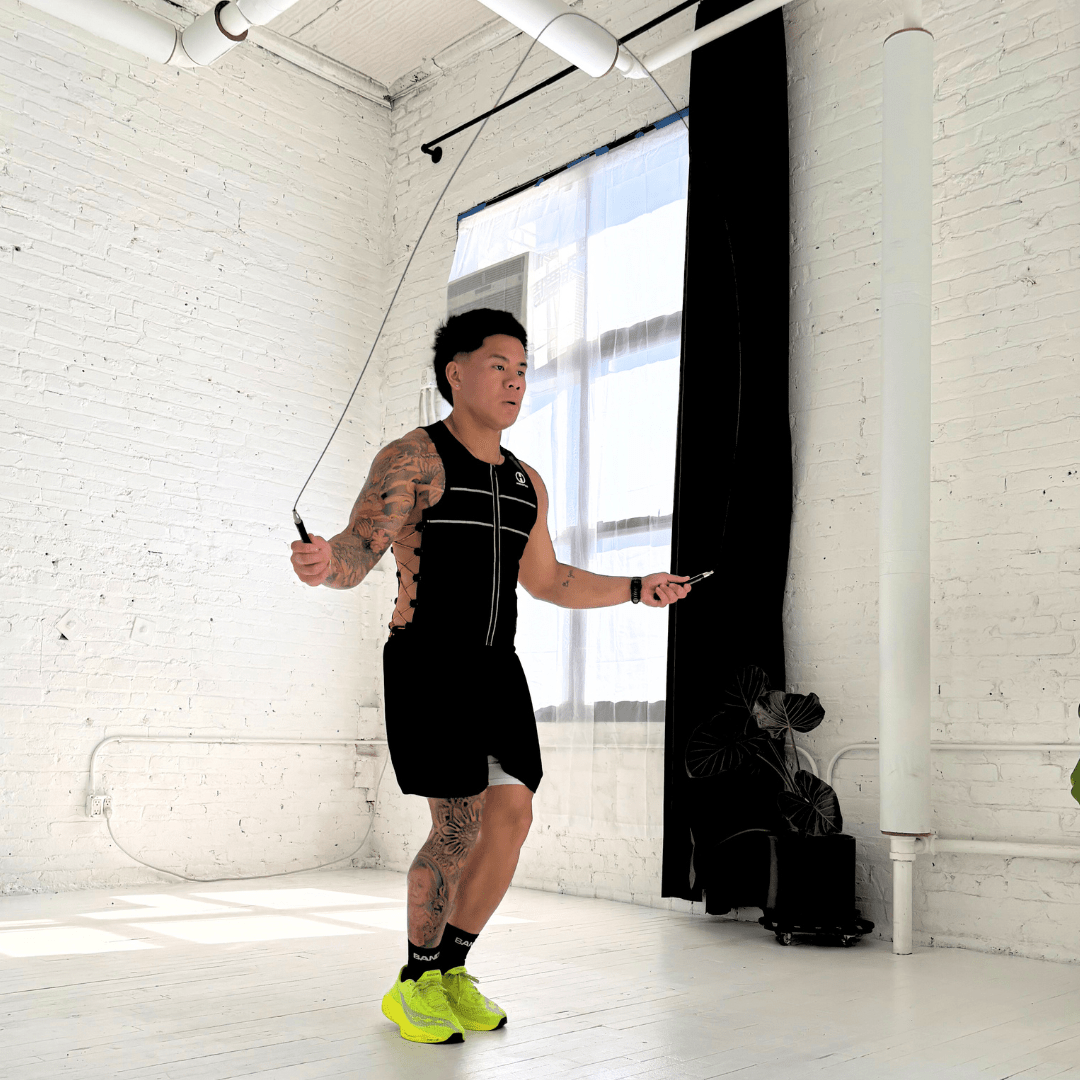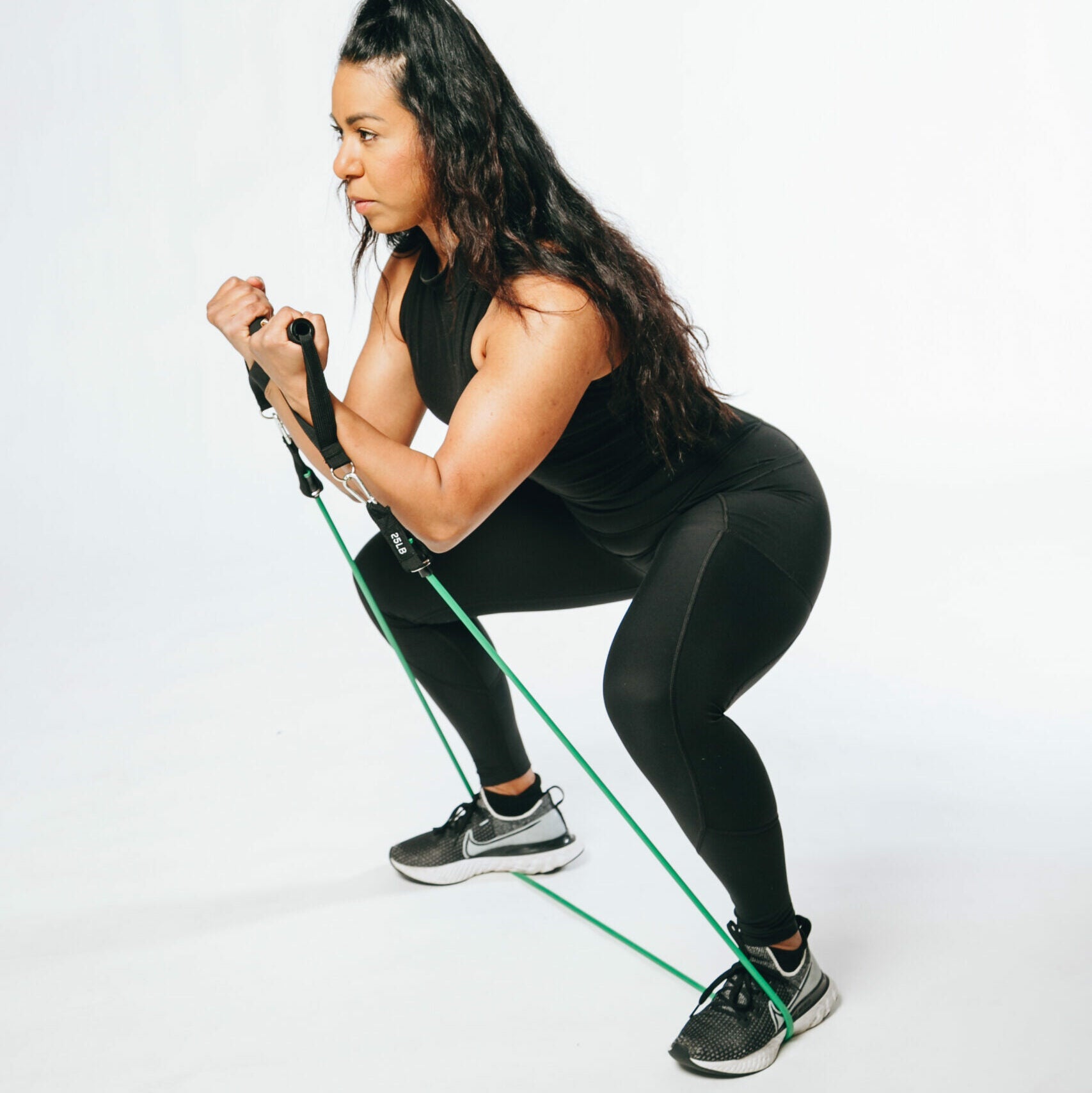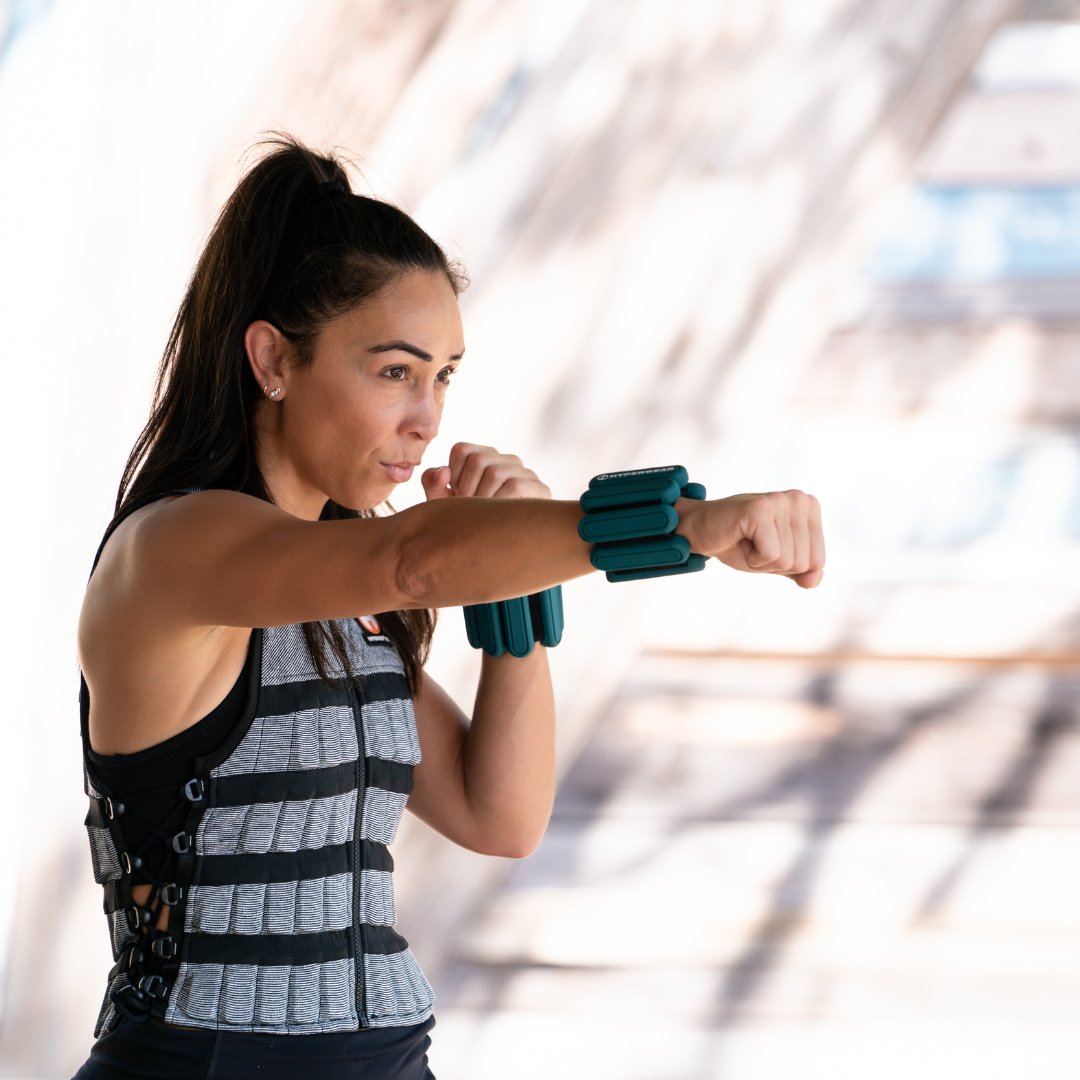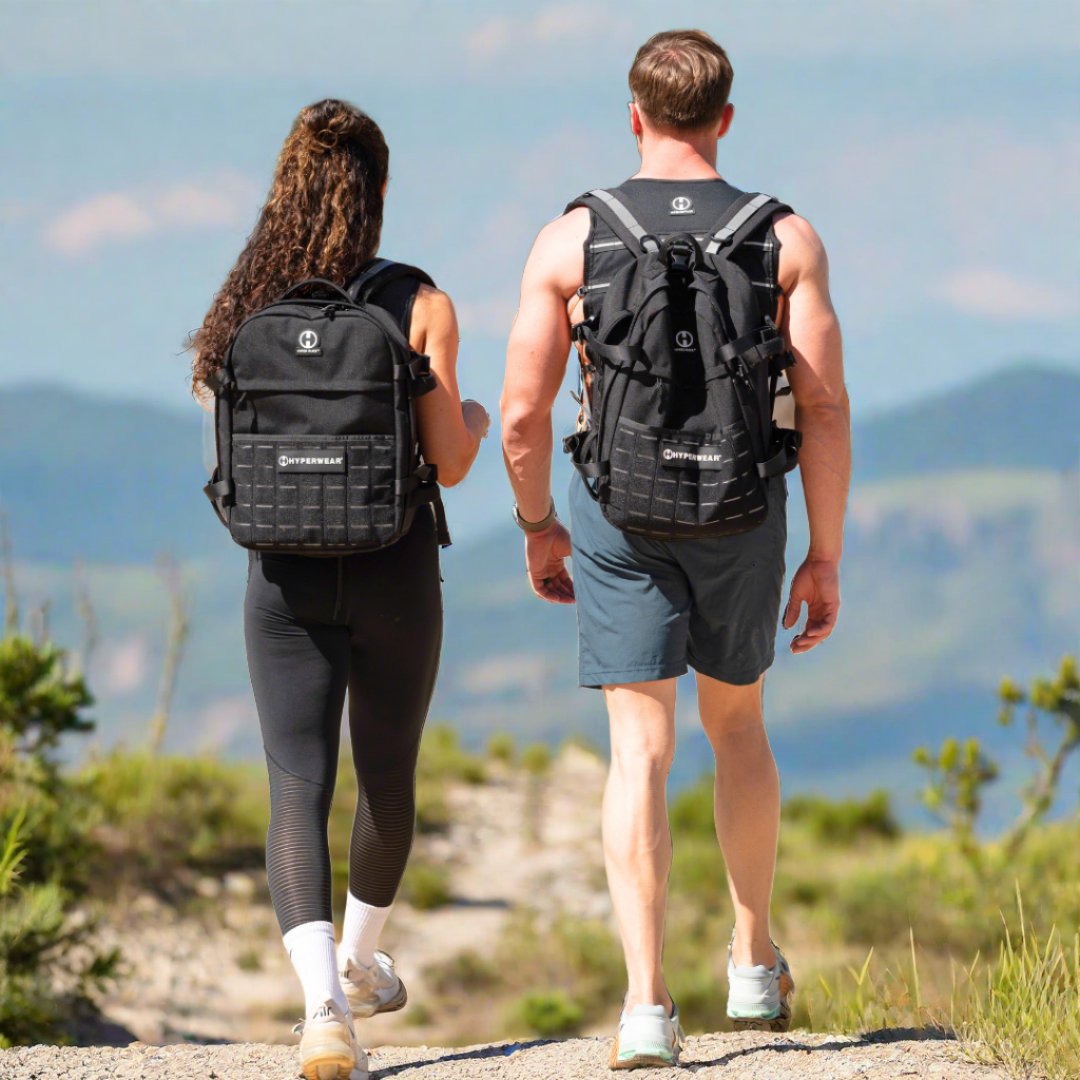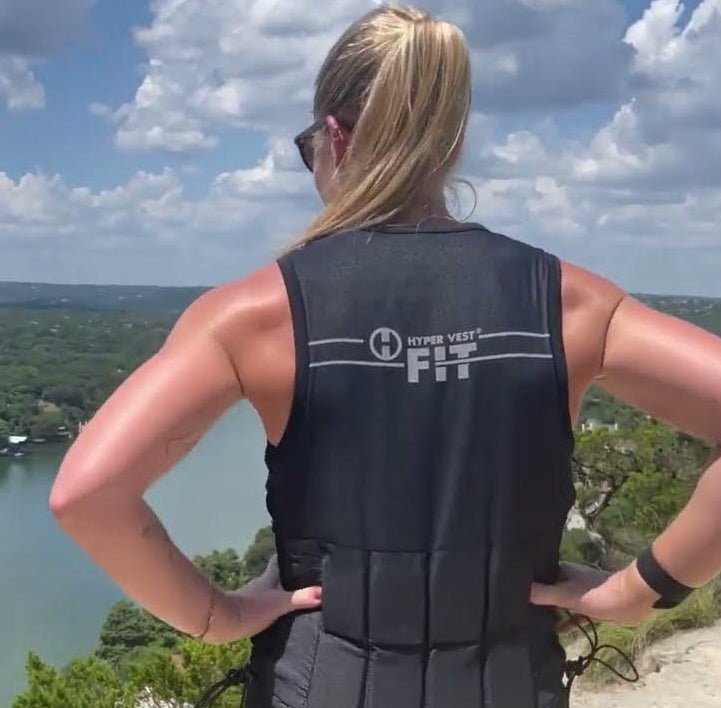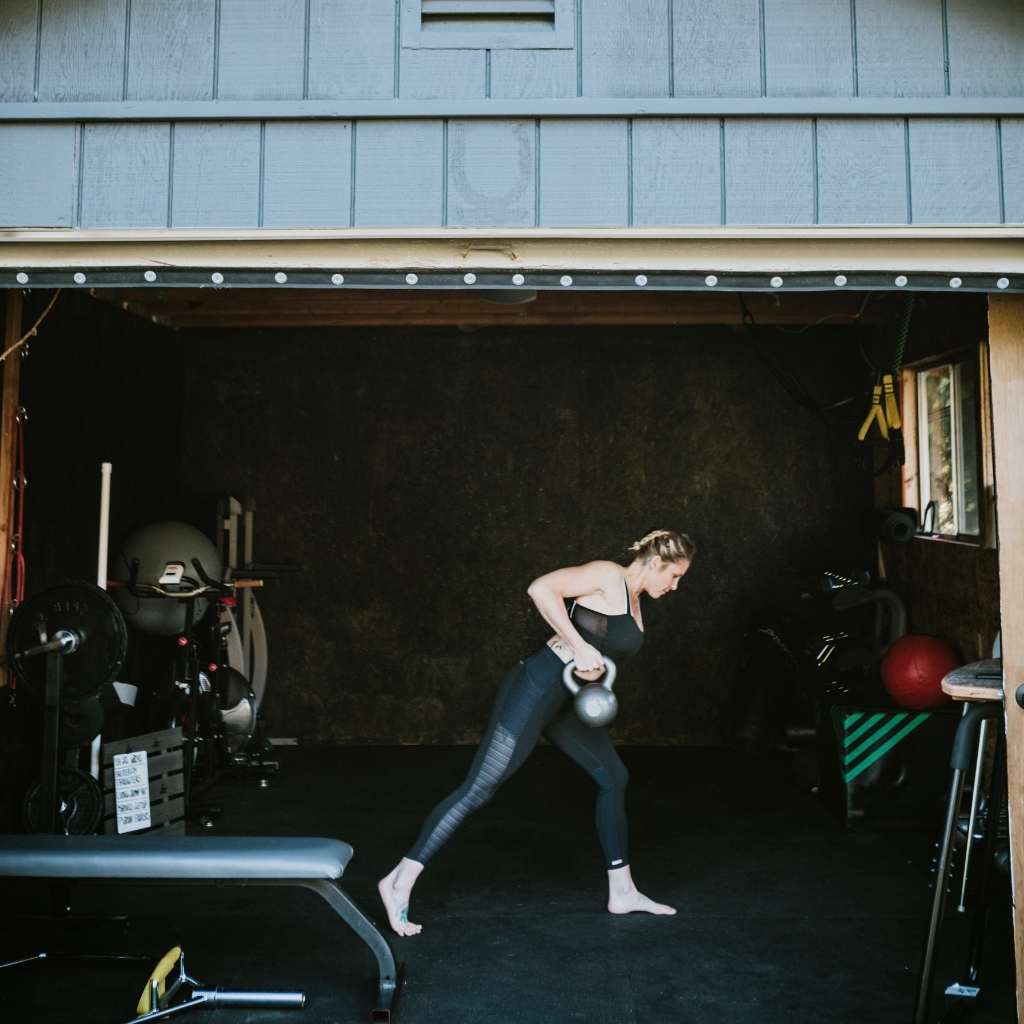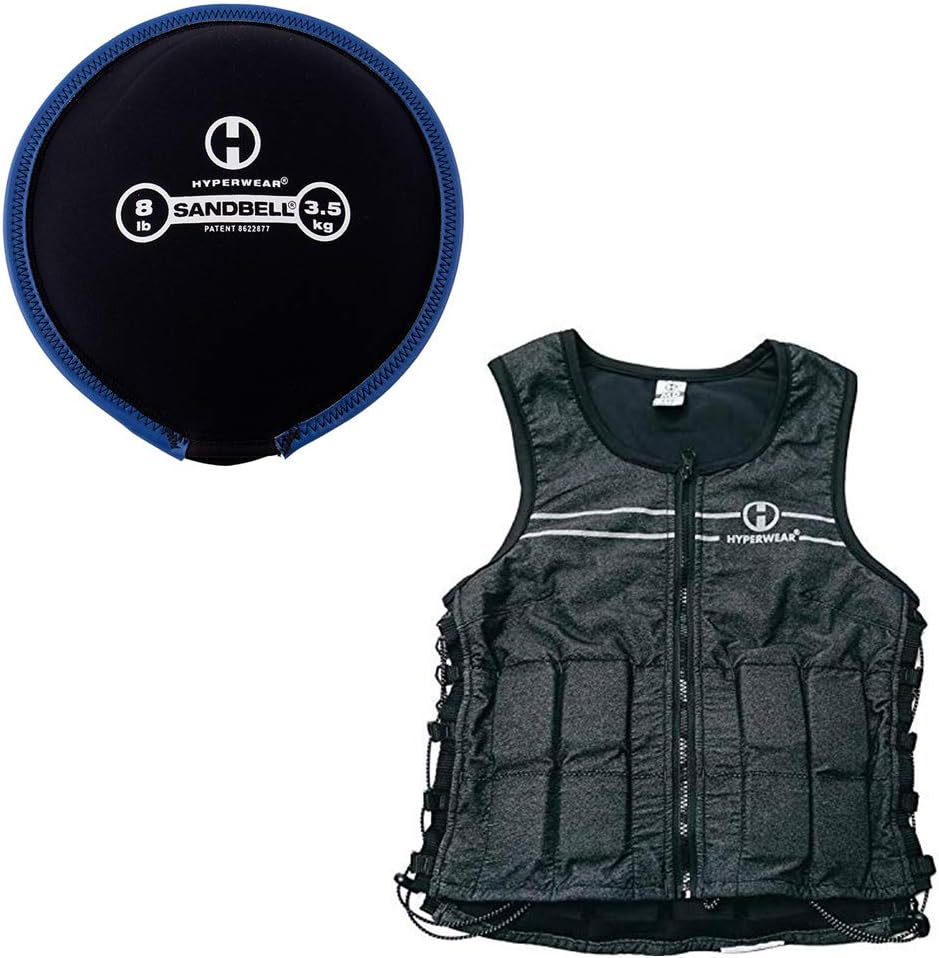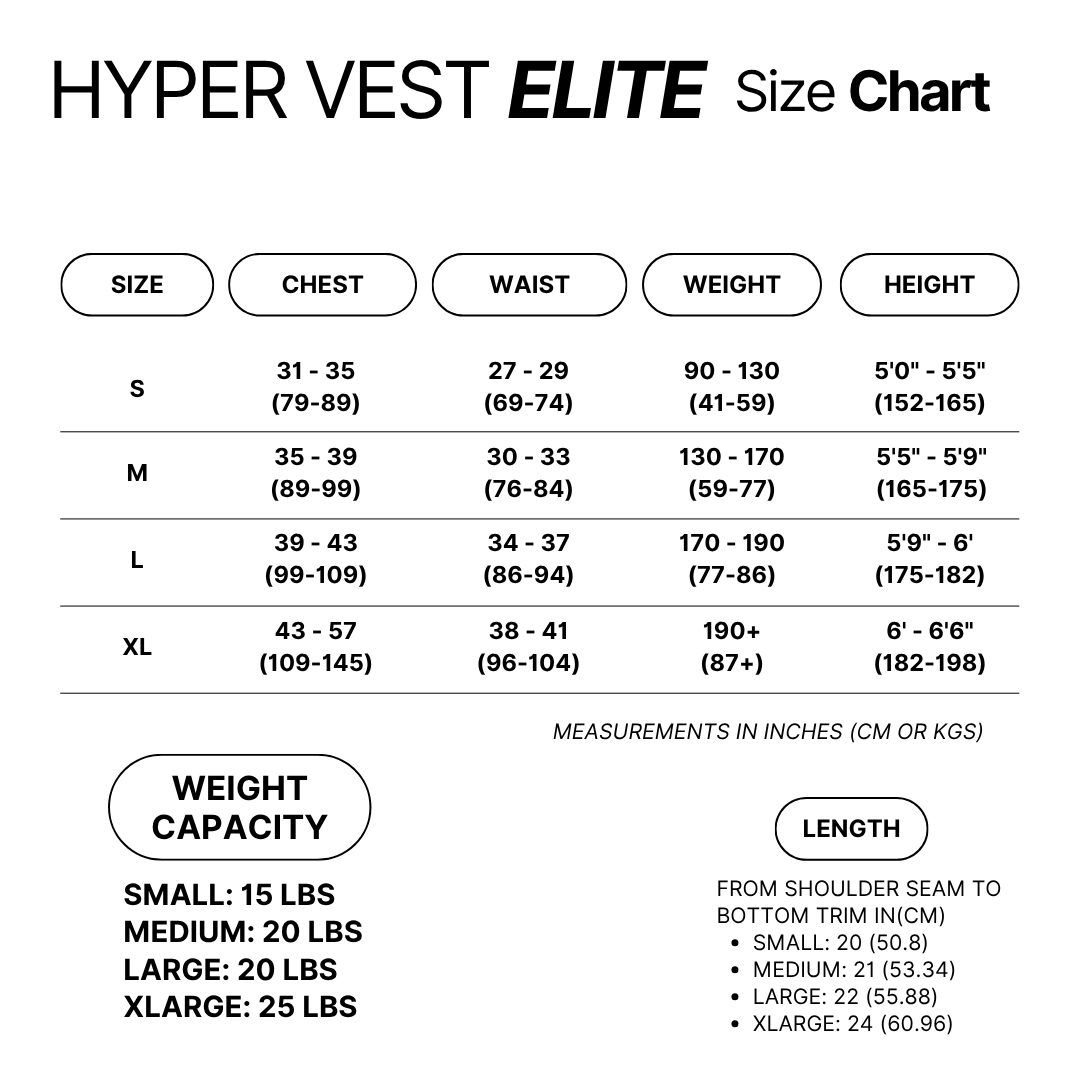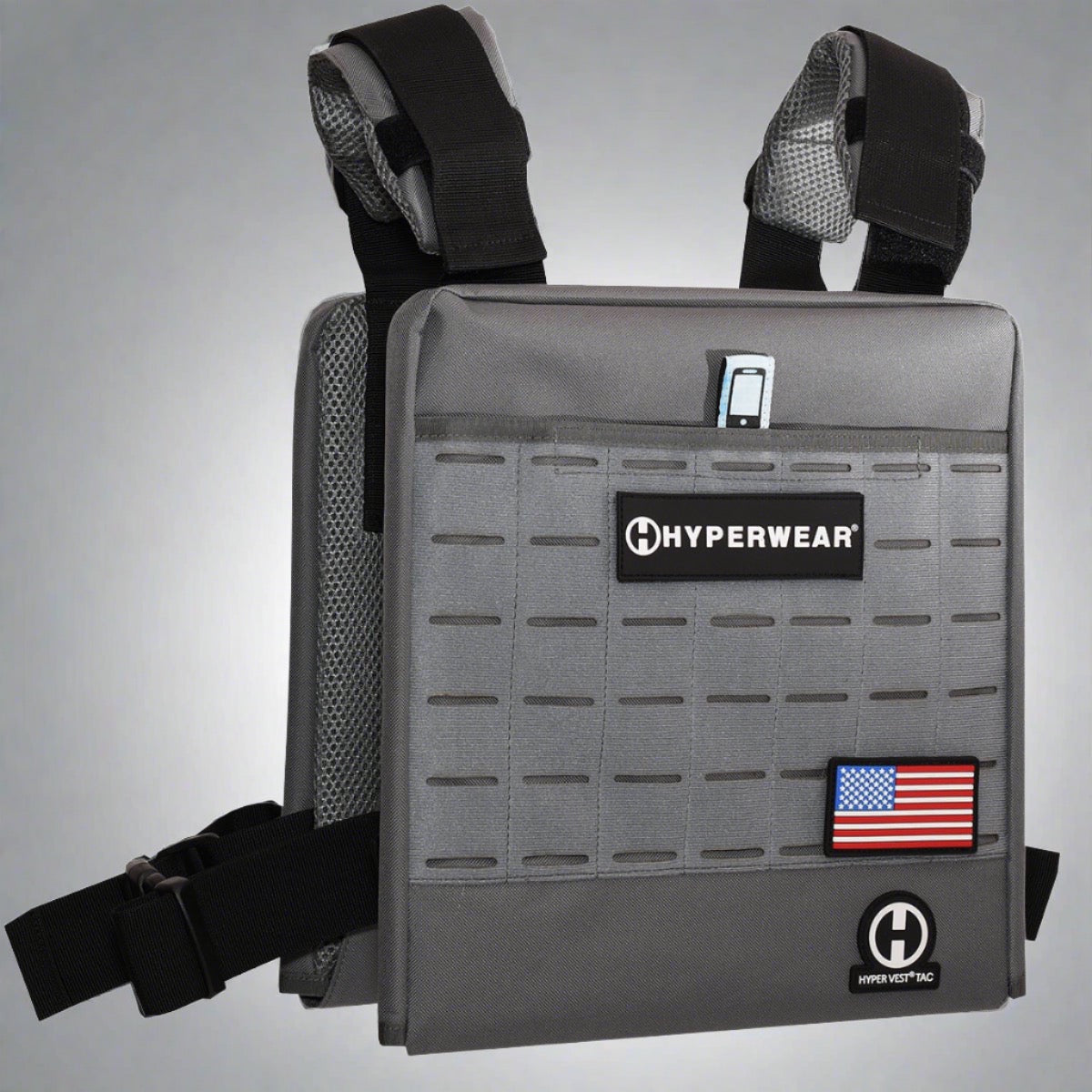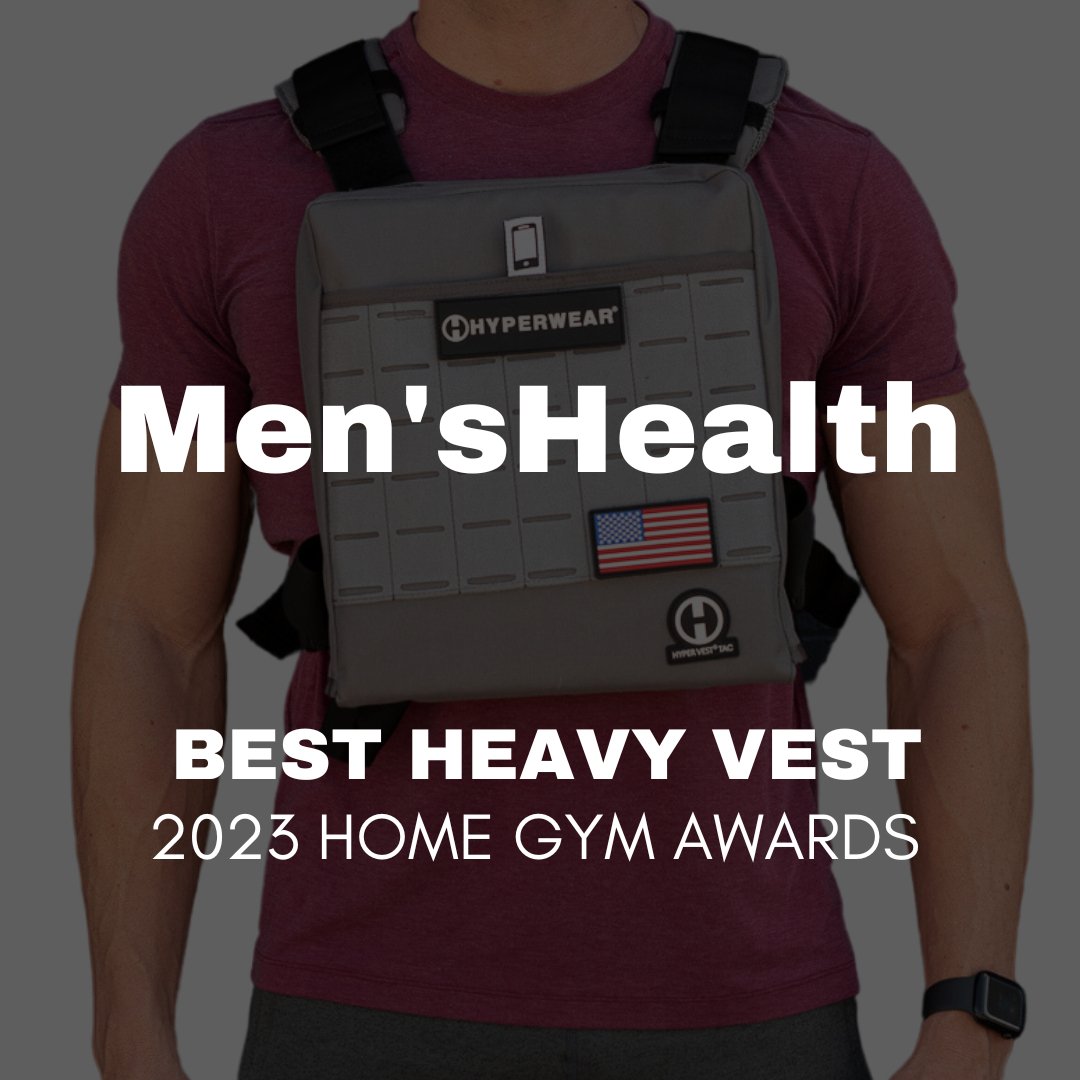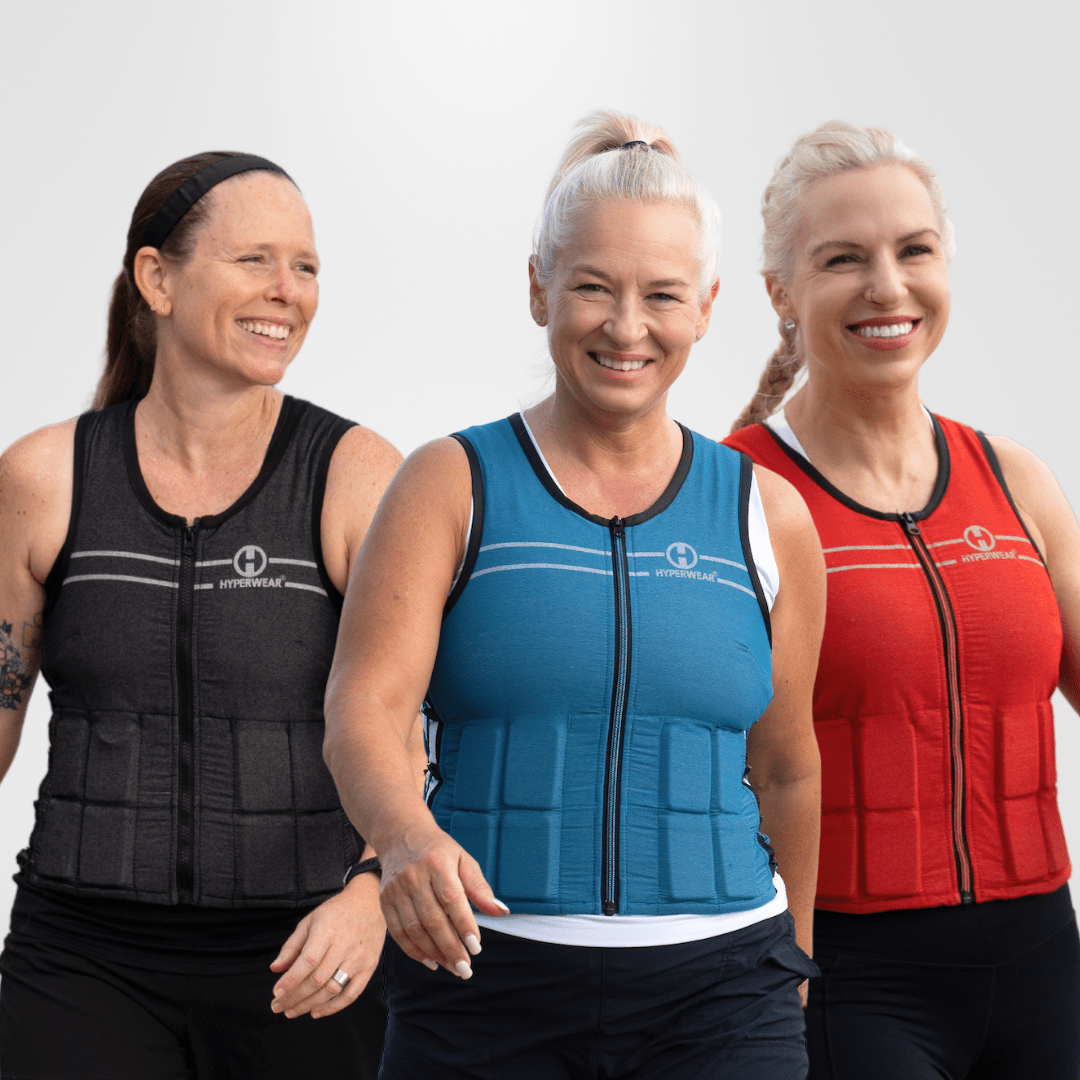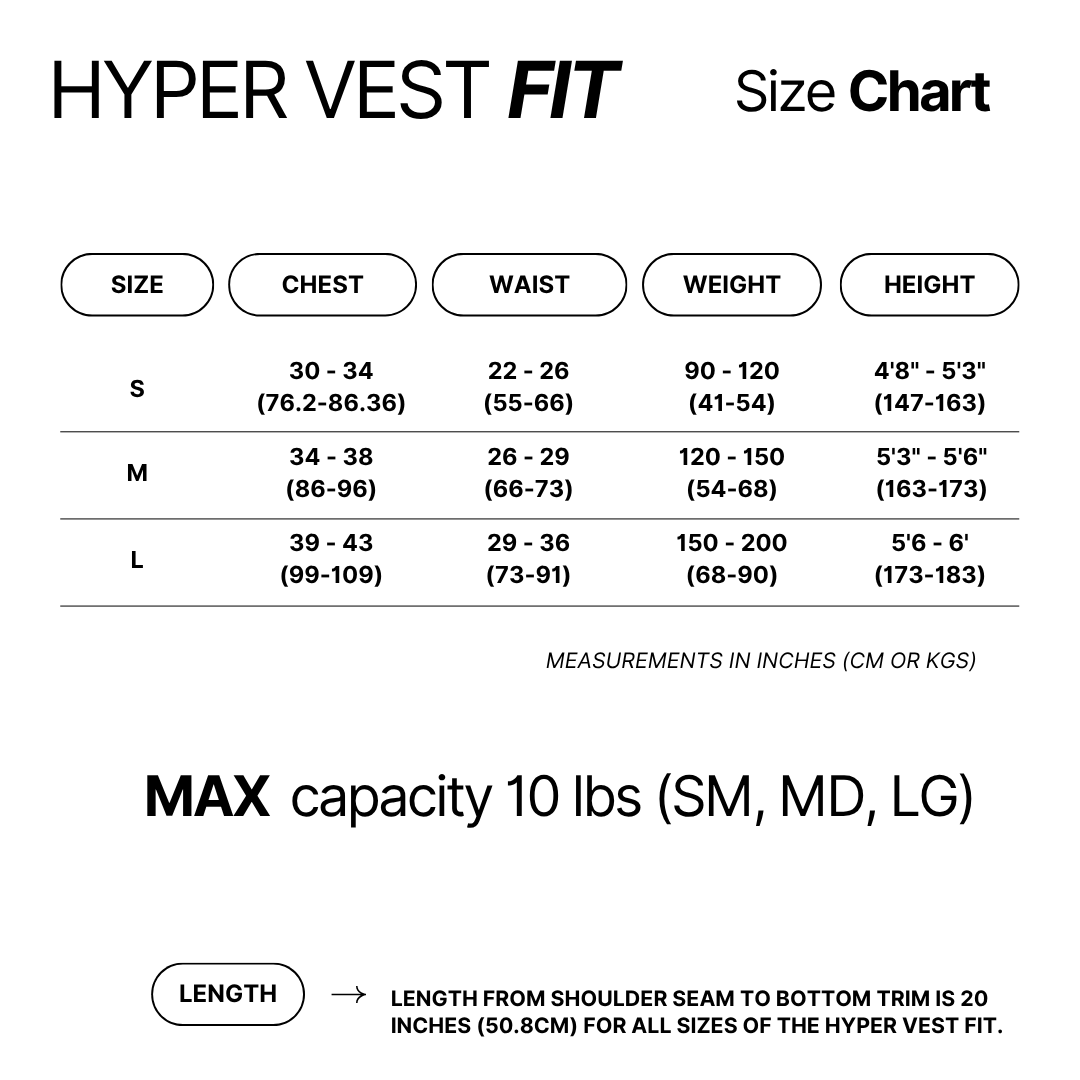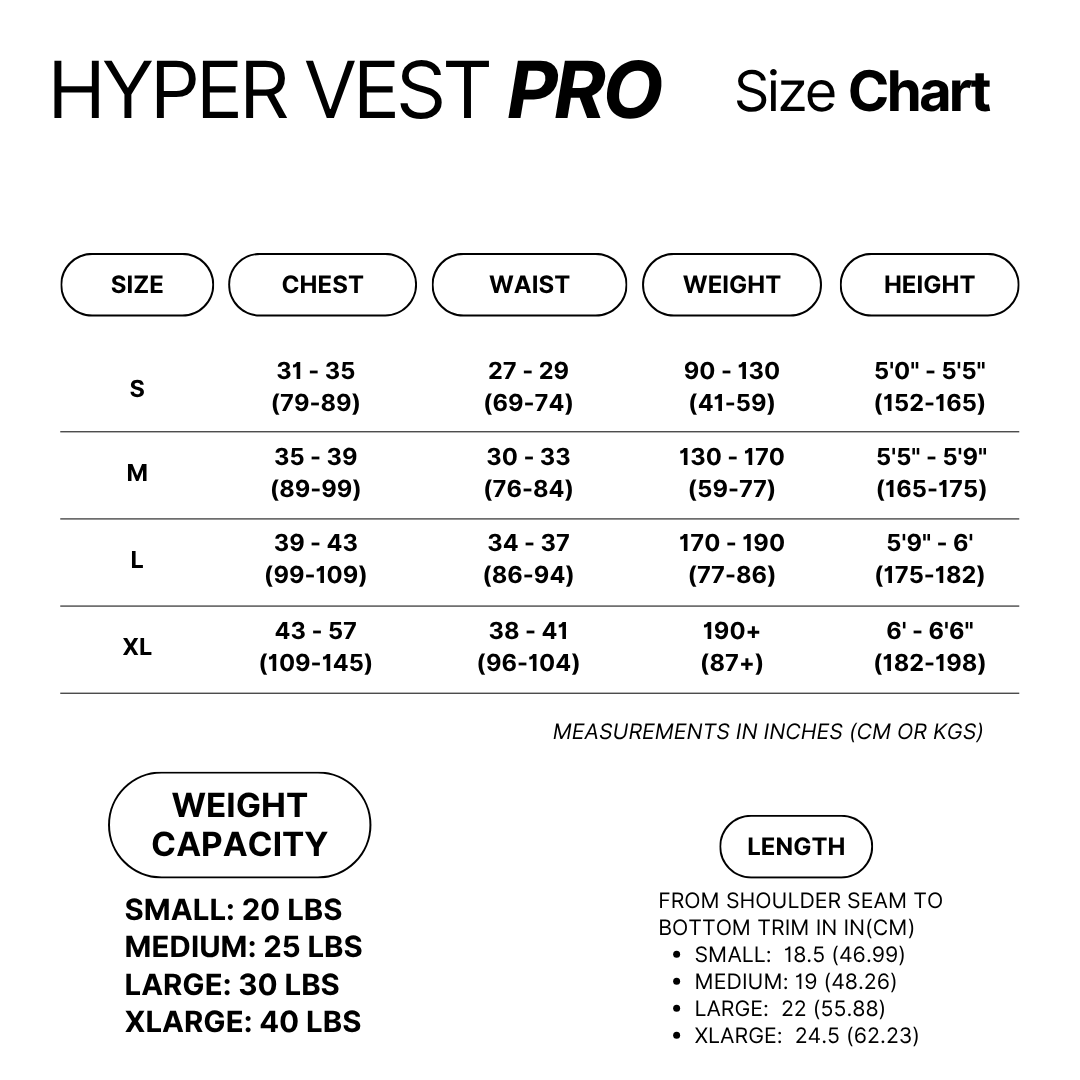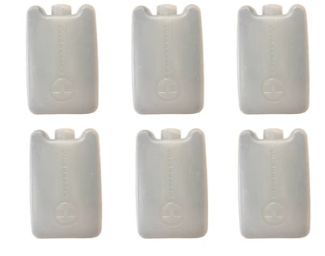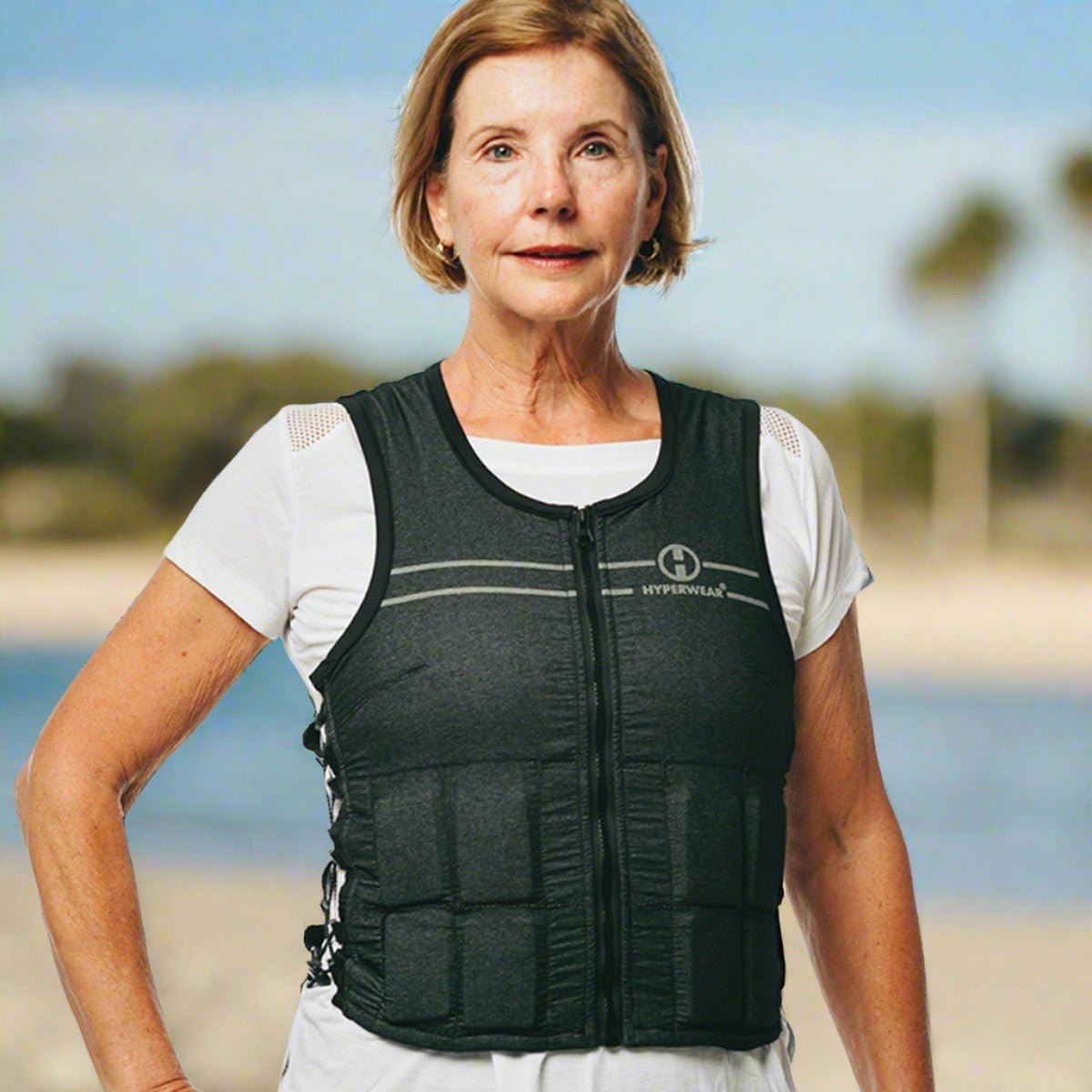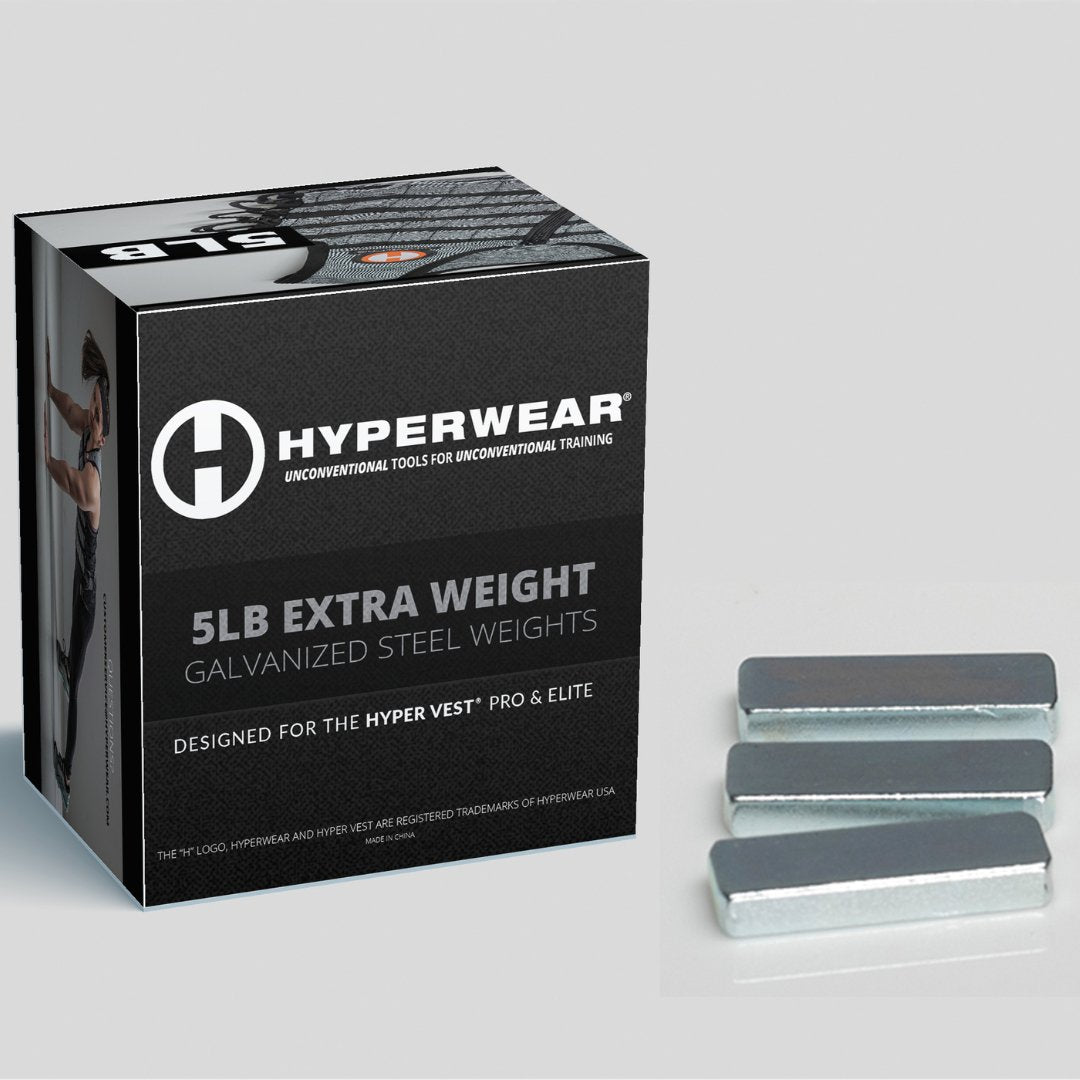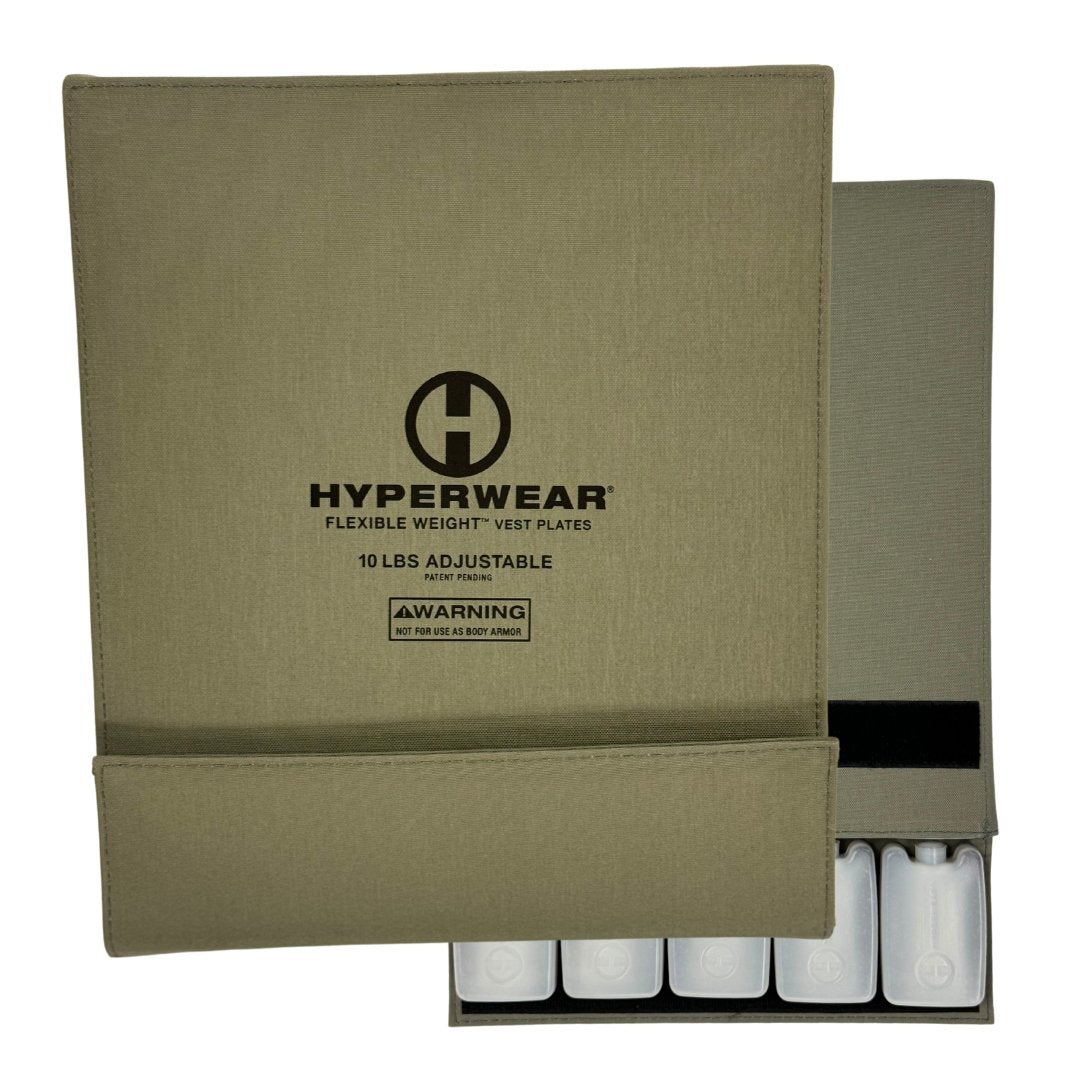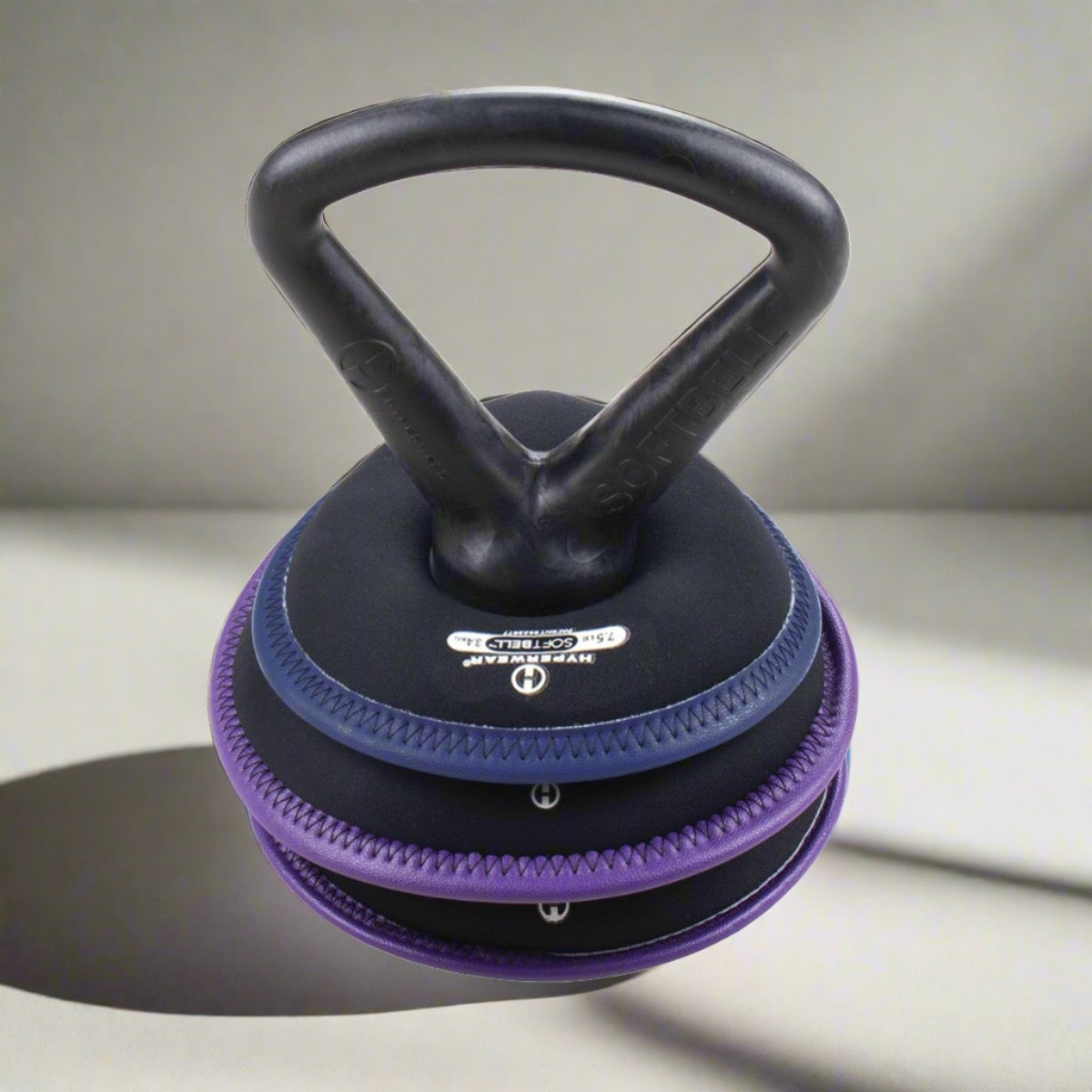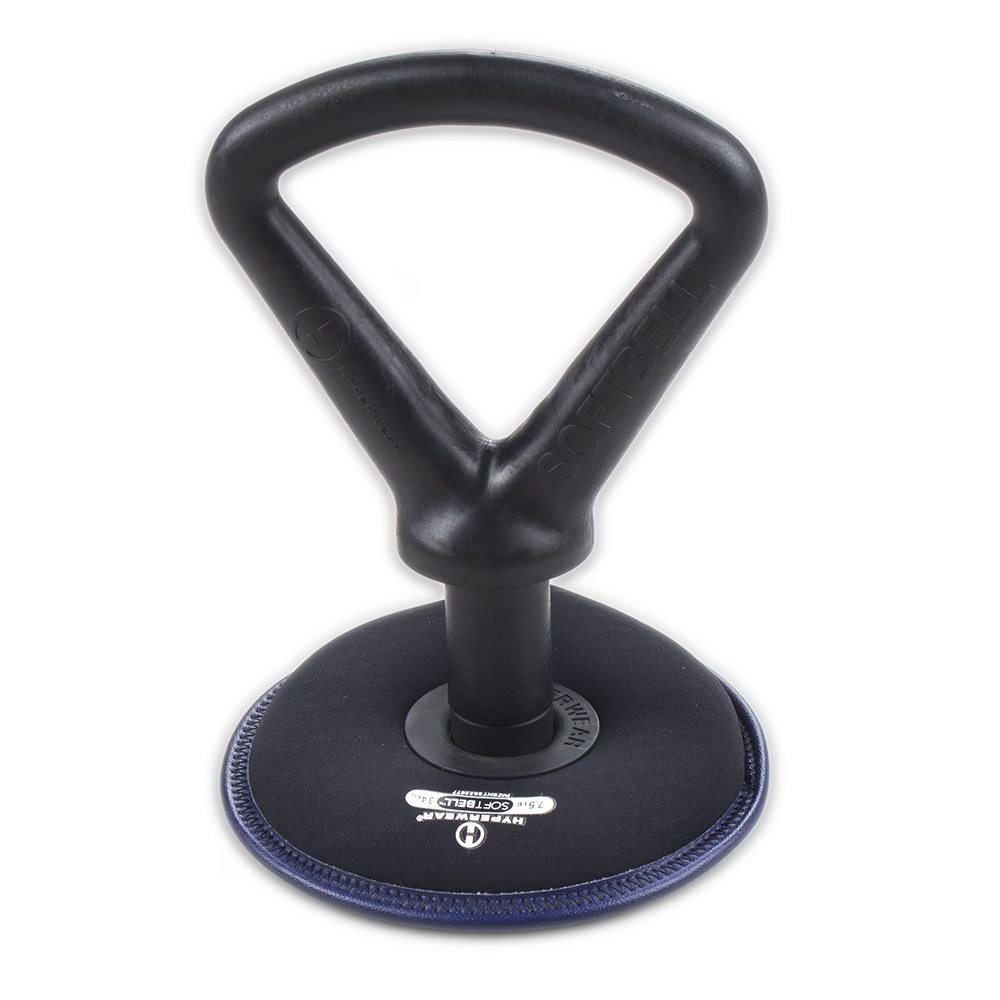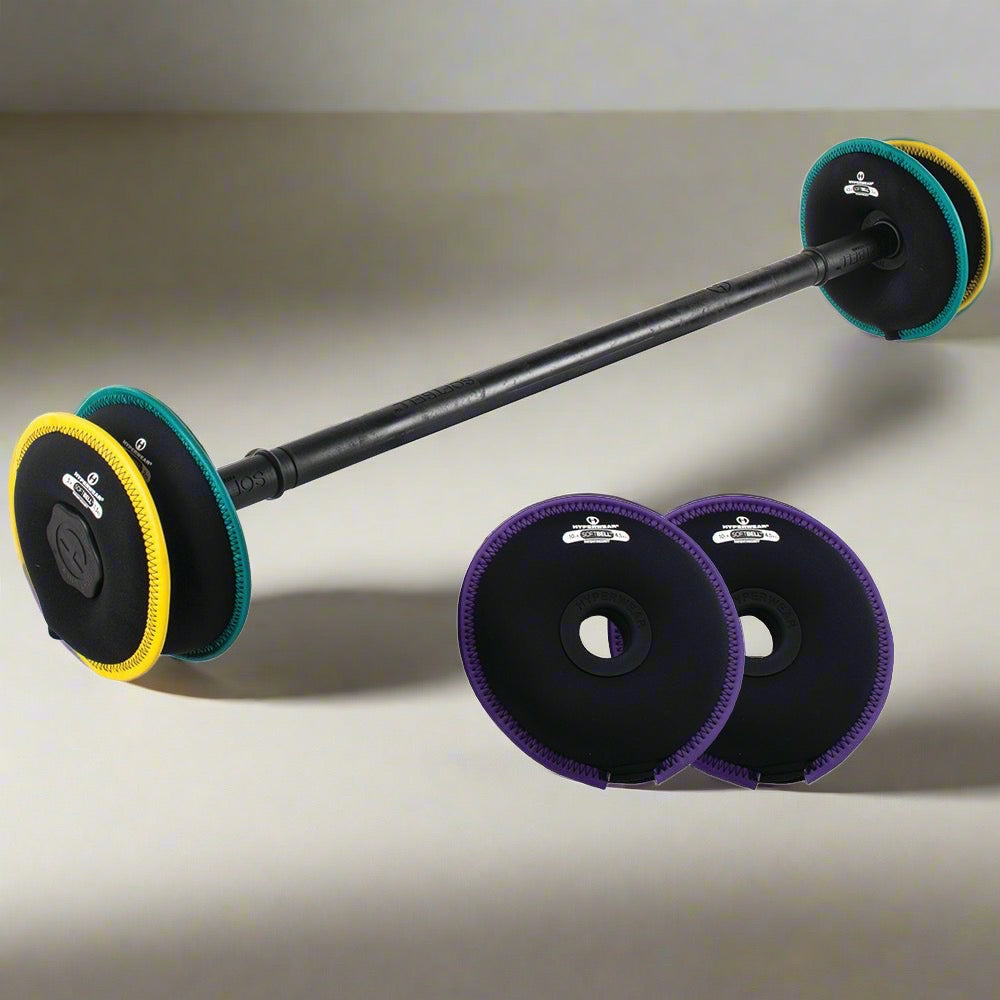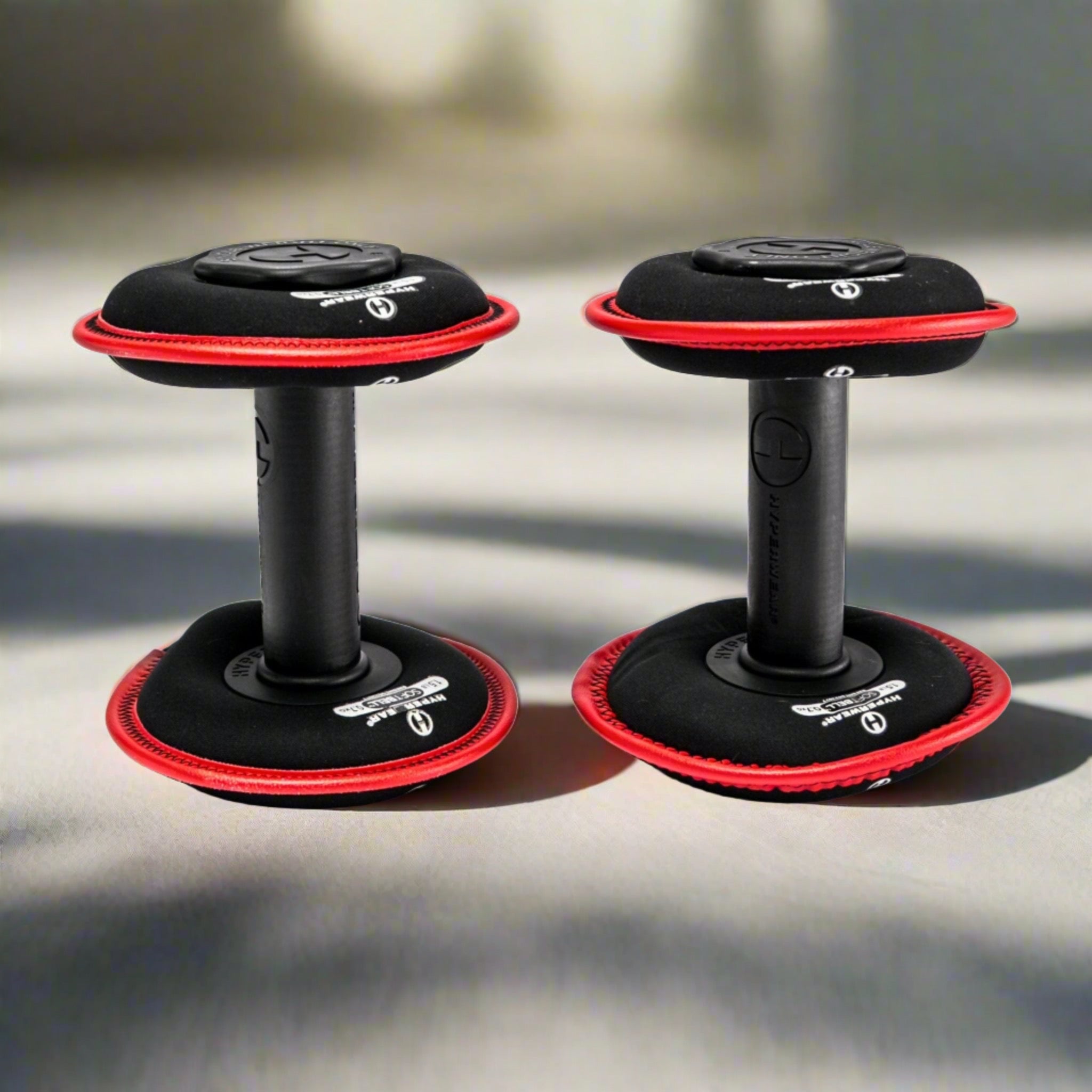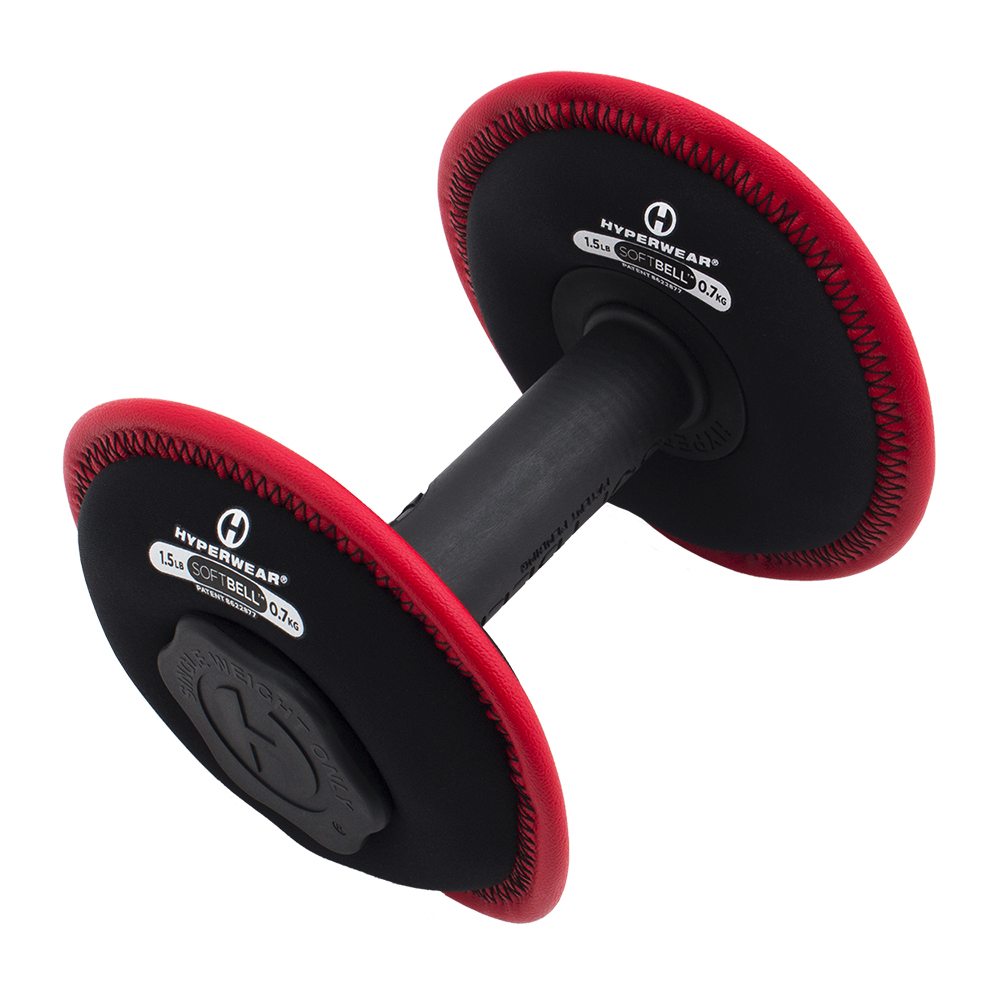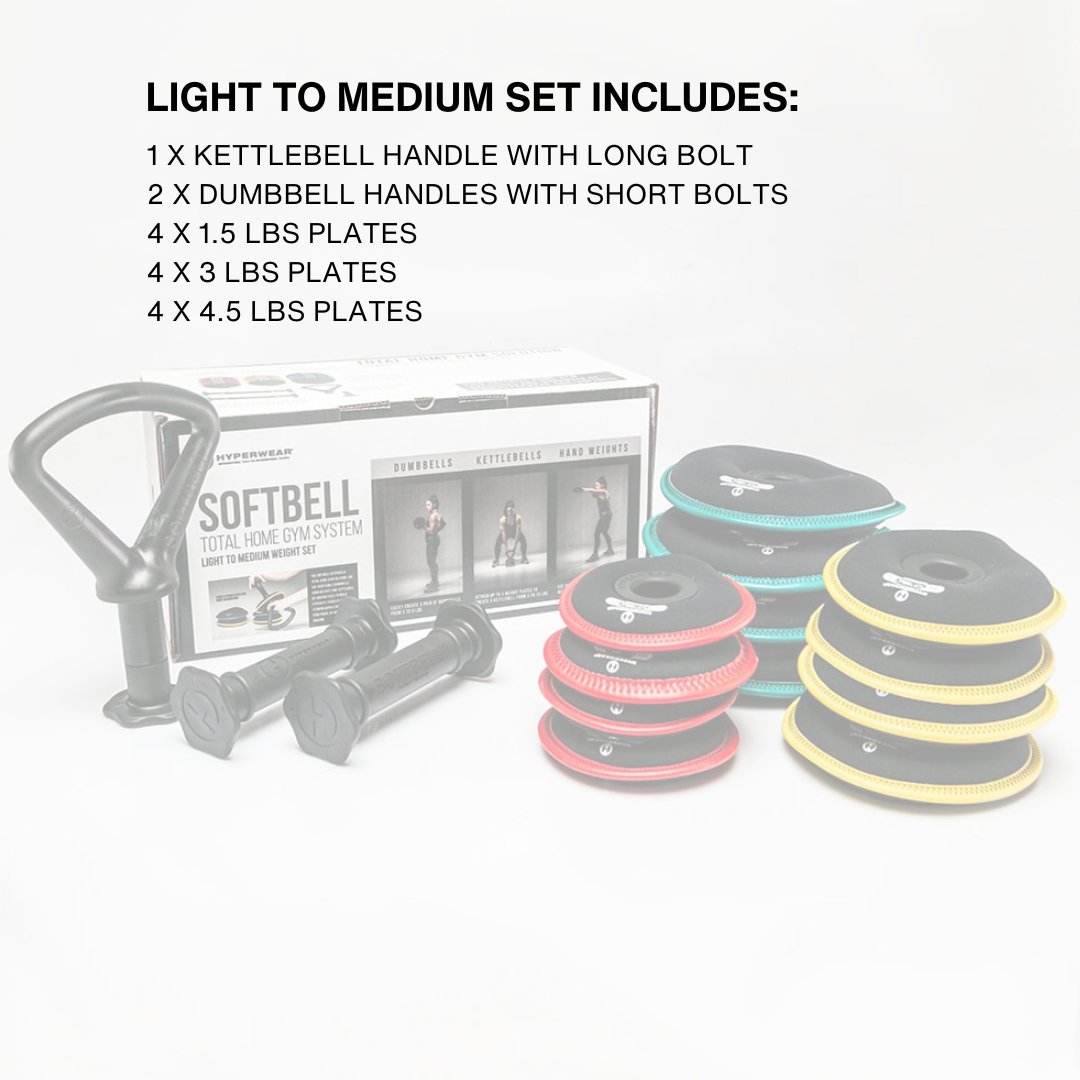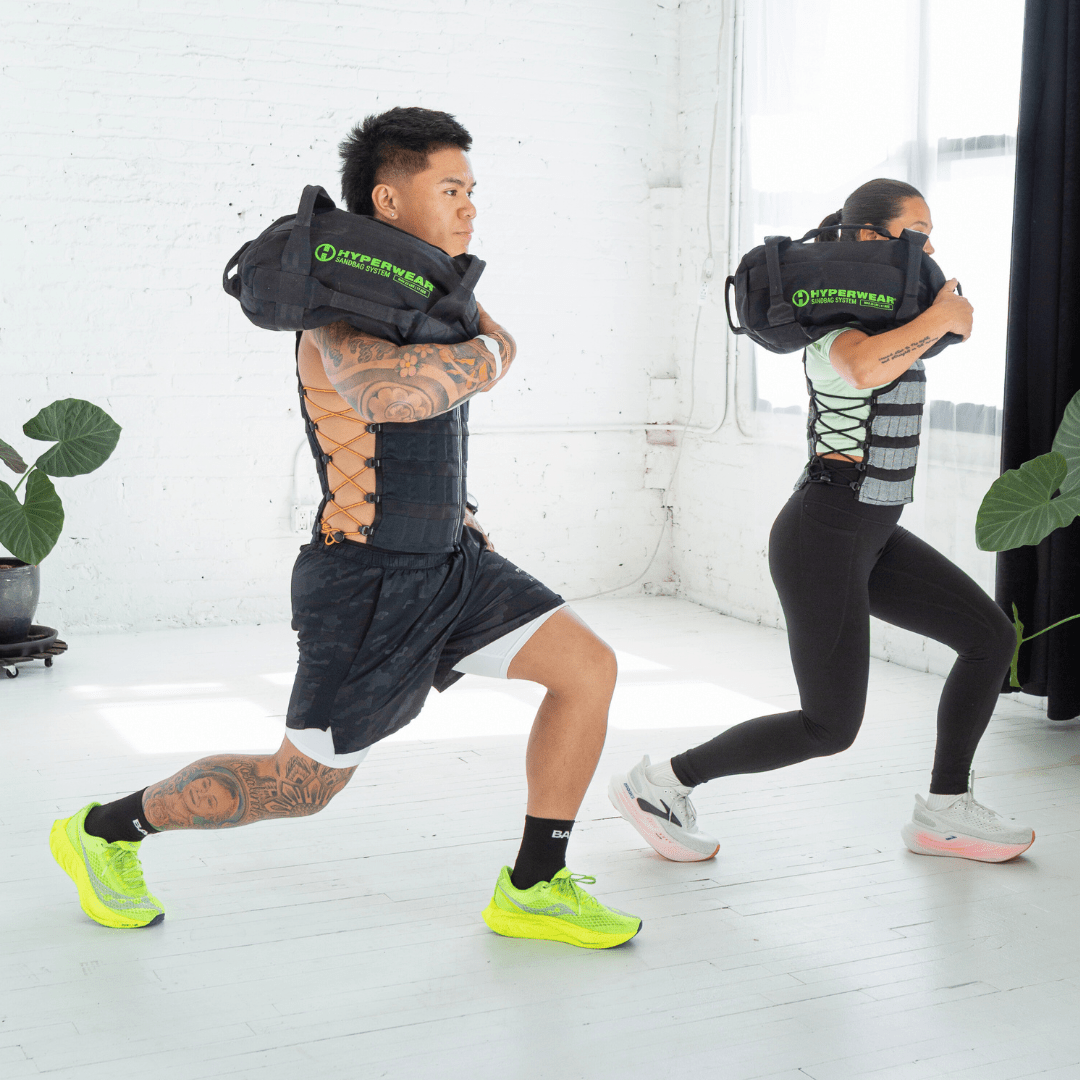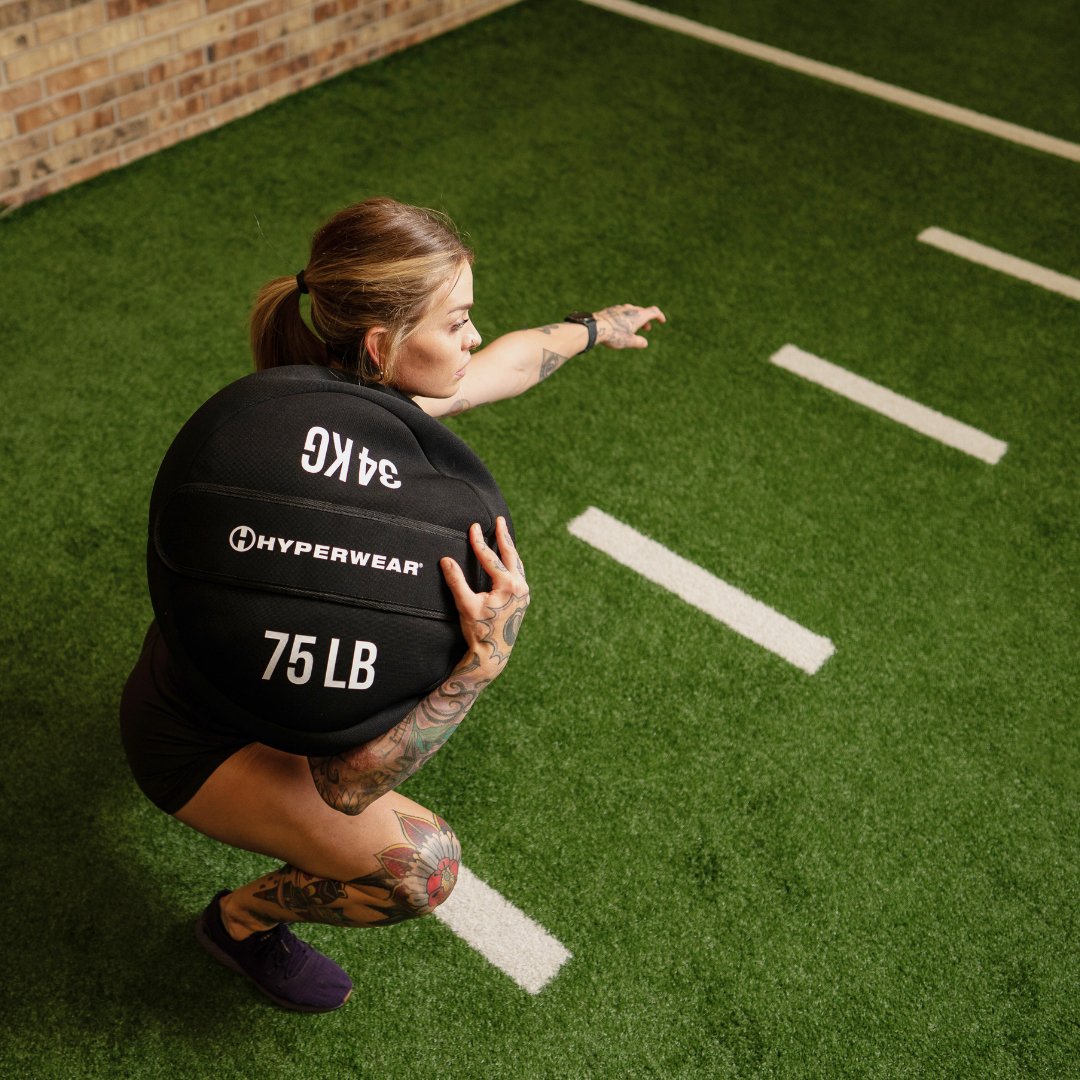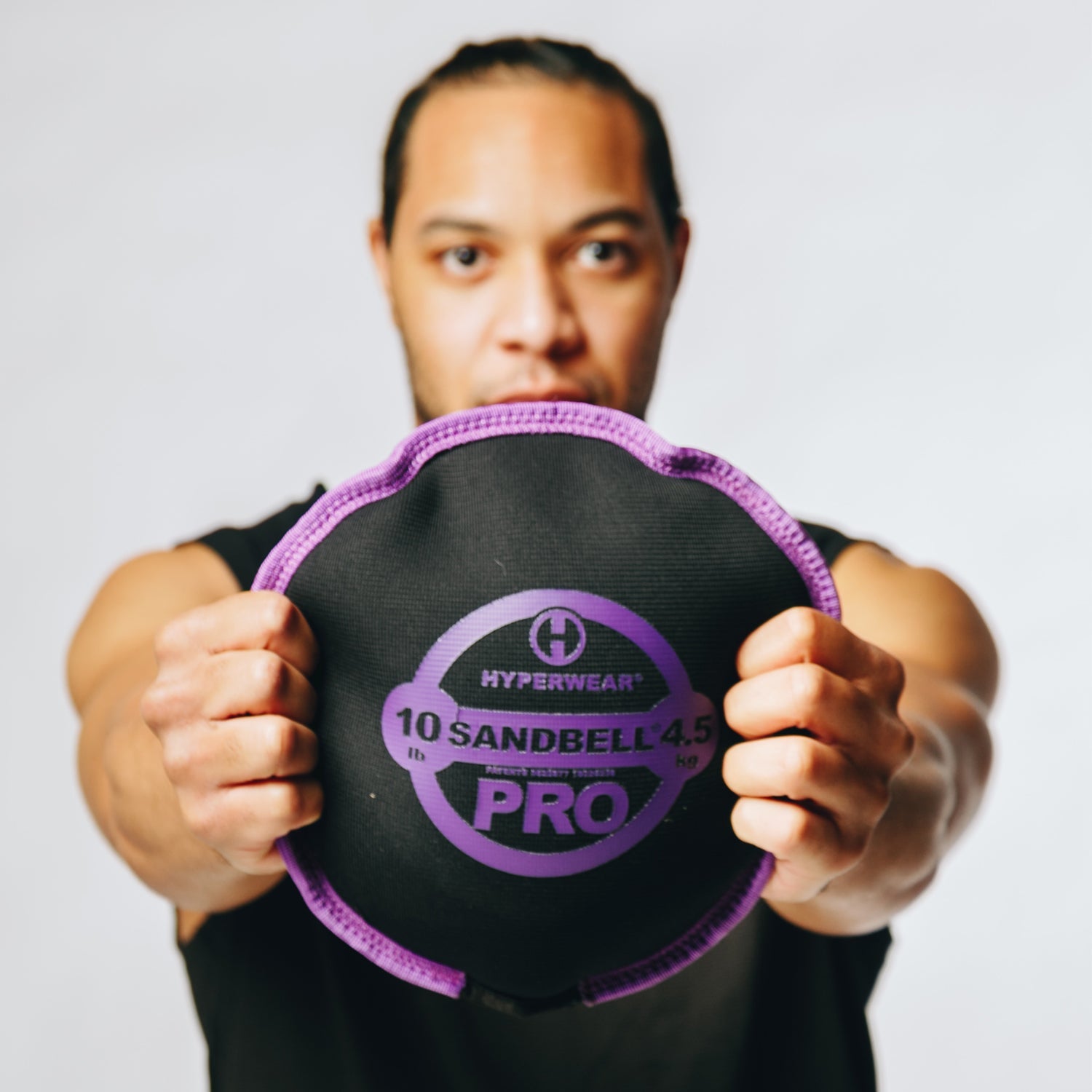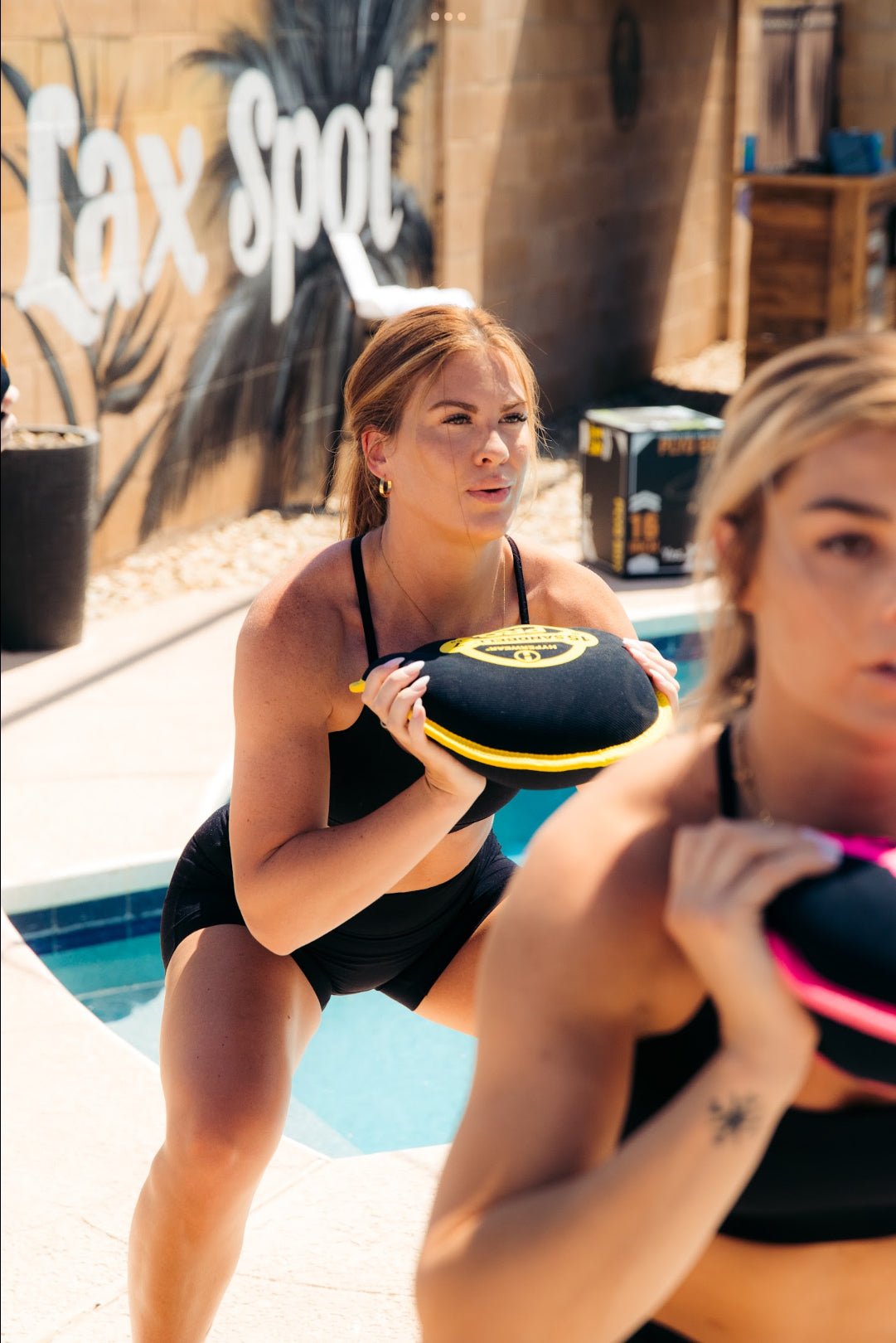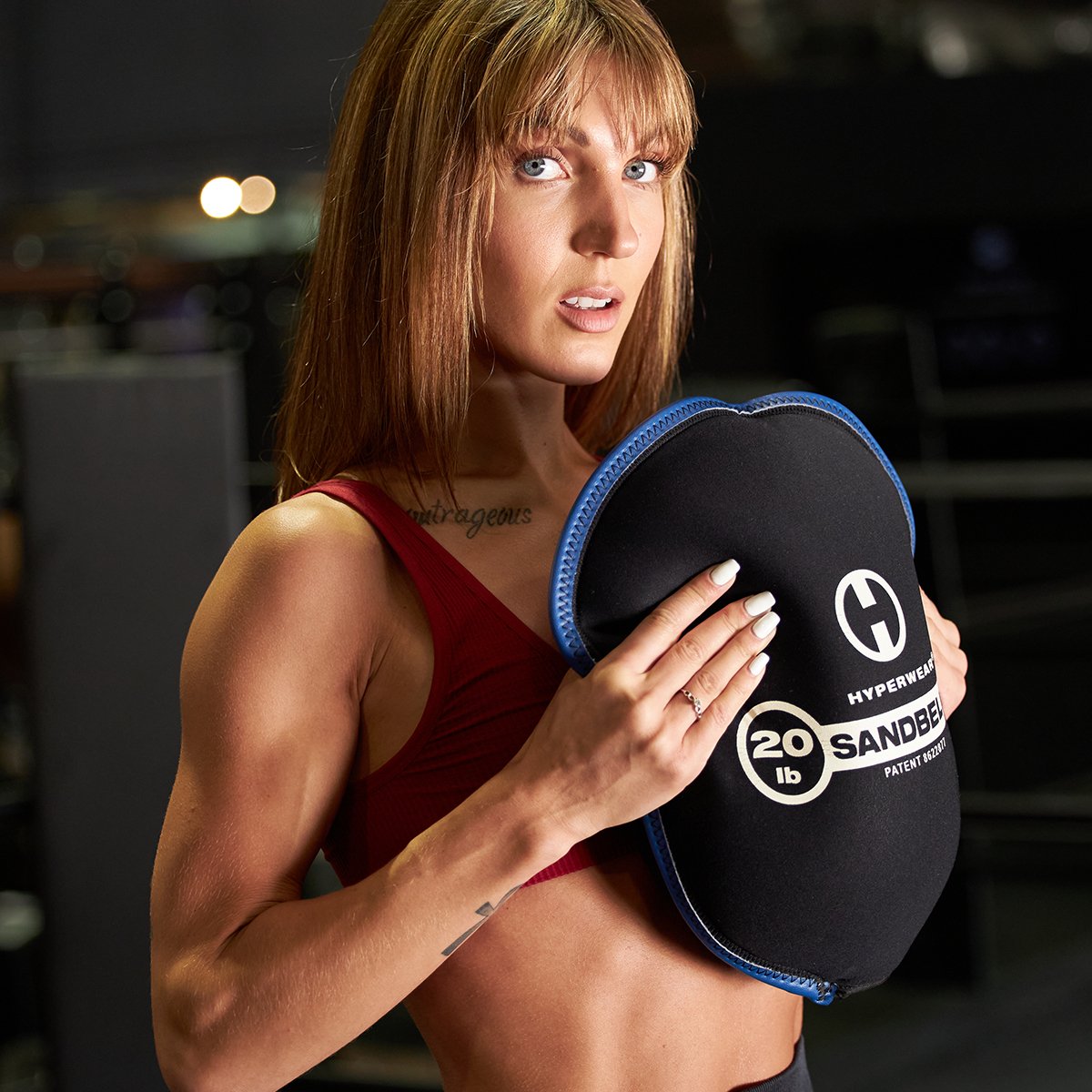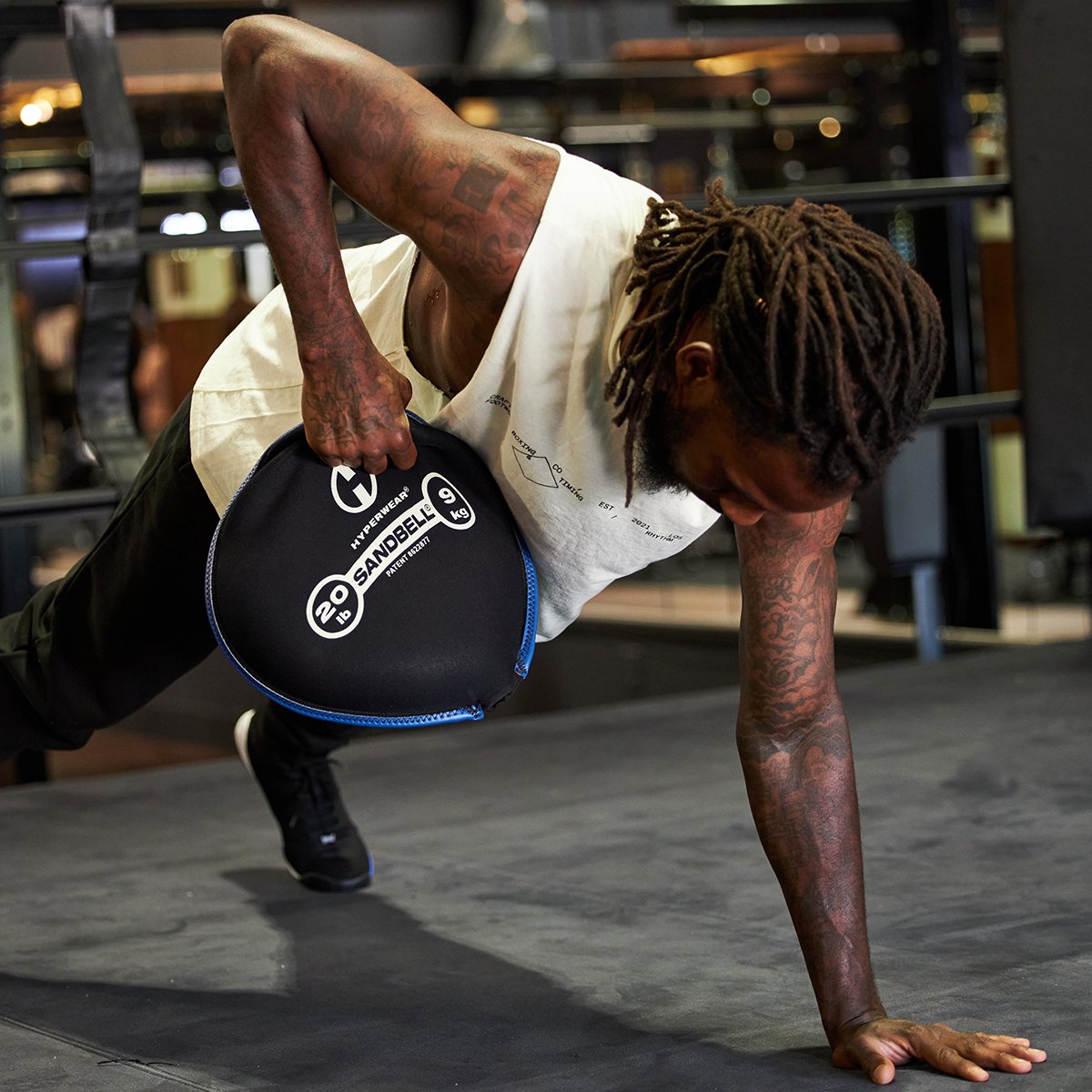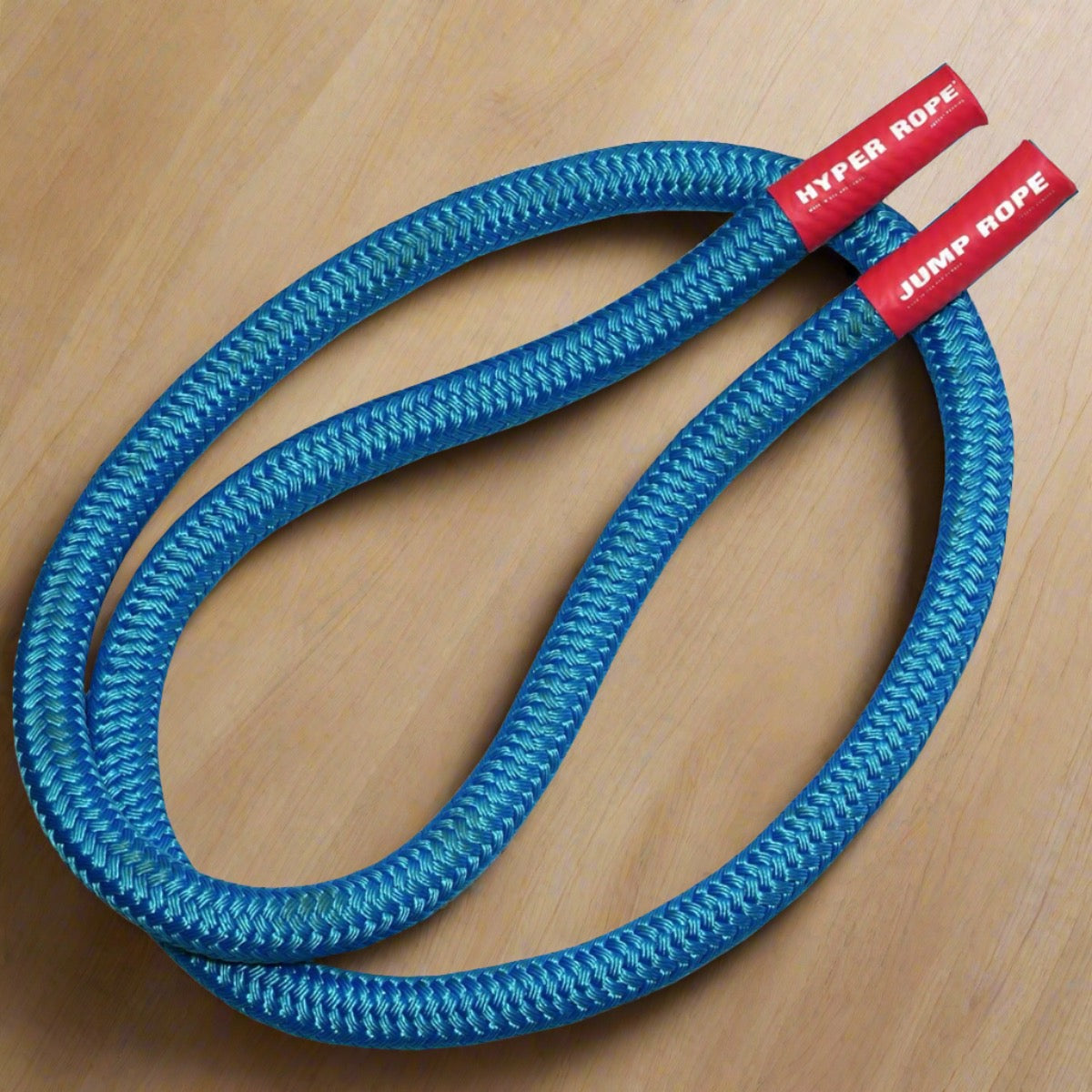Just starting your journey on buying a women's weight vest?
Well, you have come to the right place. Buying a women's weight vest can be a dizzying and daunting task.
We are here to help out, give you some tips and offer some advice to simplify the process for you.
Now there are a number of different reasons that explain why you're in the market for a weight vest.
You might be looking for one to ward off the onset of osteoporosis. Or you might be looking for a weight vest for cross-training purposes.
Then you might also be buying a women's weight vest because you just started a new performance training lifestyle.
That is what we're going to focus on here. If you are new to performance training or functional fitness, no worries, we are here to help you out and make you look and sound like a pro.
If you're still not quite convinced and on the fence, no worries. Take a look at the what the research has been saying about the benefits of weight vest training.
There are 4 main things to consider when buying a weight vest: quality & material, fit & comfort, weight, and adjustability and accessories.
Weight Vest for Women - Look for Performance in a Women's Weighted Vest
Instead, you make your weight vest perform. Please keep this focus in mind, when establishing your top ranking criteria when purchasing a weight vest.
Remind yourself that you'll be using the weight vest in a performance context. You're going to be doing a super wide range of movements and exercises.
Here's one way to think about it. What kind of top do you wear for your training? You probably wear it because it's super comfy and doesn't inhibit your range of motion.
Thus, you want to use a weight vest that comes as close to feeling like the top you wear. You don't even want to notice that you have the vest on.
This will take a lot of the decision making difficulty out of the process for you.
Buying a weight vest shouldn't be an ordeal on par with buying a car.
Quality and Material of Women's Weighted Training Vest
If the goal to buying a women's weight vest is to not even notice that you're wearing one, then the fabric it's made of is crucial.
Training gear comes at a price that's not cheap. You want to be sure you're investing in a quality training tool that's going to hold up for the long run.
There's nothing more frustrating than buying a new piece of gear that fails before you even get a feel for it.
So to avoid falling into this trap, be heads up about the primary material the weight vest is made of.
There are 2 main enemies of the weight vest: sweat and tears. You don't want anything that harbors bacteria and you want it to withstand rips and fabric stress.
Structurally, rips and tears are the mortal foe of the weight vest. Of course, do your best at all times to avoid getting snagged on things or skidding on pavement or asphalt.
Nevertheless, a weight vest is going to take a beating. Make sure that the weight vest's fabric is made out of something durable. The vest should hold up like a good pair of boots.
It's tough to say which material is best, due to a lot of moving parts. The wide variety of vest designs create a big factor in what material is used.
What type of training the vest is designed for also plays a role.
Then you have to intersect that with a vest that is ideally sweat-resistant, hopefully has anti-bacterial qualities, and can be washed relatively easily.
So whatever that fabric is, you've found a winner.
Make sure that if the vest includes weights, that they sport some kind of protective coating.
Check that the metal is coated itself, or the weight has some neoprene second skin. You don't want rust eating away at your weights.
Words of Wisdom Buying a Women's Weighted Workout Vest
A good rule of thumb for weight vests, and all training gear, is the fewer the breakable parts the better. Take these types of weight vests for example:

These "holster-style" vests look all fine and dandy until they break. Who can you blame? They look sleek, chic and have a slim profile. This screams fitness.
But those plastic clips are a fail waiting to happen. If one of those teeth breaks off the male end of the clip, game over. I've seen it happen at an event.
They were fixed by using zip ties to hold them together. And who carries those?
The main threat may not even be while you're training in it. Think about where you store it. Do you really keep it in a secure place?
If the weight vest is laying around on the garage floor, either a car or a bicycle will run that clip over and break it.
Getting Fit and Comfort at the Same Time
So the fit and comfort of the weight vest is right there with the quality and durability. To some, fit and comfort is the most important thing.
There's a lot that can go wrong in terms of fit and comfort. Again it's impossible to pick out 1 or 2 red flags, because of so many types of vests and personal preference.
Cordura might be the perfect material for some, while others find it makes them itchy.
Don't ever underestimate the comfort of your gear. To do so reveals a rookie mindset. Everyone knows you perform better when you're at max comfort with your gear.
Buying a women's weight vest is no different. Always make sure you have a wide range of motion for your arms.
3 Typical Female Weight Vest Women's Styles
Here are 3 of the main weight vest styles. Each one is generally guilty of one fit/comfort problem for users.
This one is commonly known as a "straight jacket" style weight vest. Not only does this style not look breathable, but it looks like it has decent size weights right across the chest.
Don't underestimate how it fits across the chest and your bust. This is a primary concern for women that men have no worries about.
Many companies have gone to awkward lengths to accommodate bust size, and few do it well.
This next one is basically another straight jacket style. This type is rather common.

You have the weight centered right on the chest, with these usually big, bulky blocks. Again, we're back to chest/bust comfort problems.
But more importantly the weight isn't centered and due to that, these types of vest love to jiggle on you while you jump.
These types of vest don't always perform well. Those weight blocks on the chest don't spread the load out evenly.
This in turn causes the vest to jump up on you, and/or jiggle, while you're airborne. If the vest isn't secured well, one of those blocks might even catch you under the chin.
The mobility in this type of vest doesn't work well with the female form.
Lastly, here's the plate carrier style weight vest.

This style became wildly popular in recent years. You'd be smart to suspect that it has to do more with a fashion fad and other things, than actual performance.
Plate carriers have to be one the low end of performance. That steel plate doesn't move with you at all. You move with it.
This can exacerbate chest/bust comfort/fit as well.
Finally, plate carriers have a tendency to bounce on you. They don't usually fit too snug, allowing that steel plate to slide around at best, and bounce while you're airborne at worst.
Weight Around a Little Bit
Of course, you need to know how much weight you're getting. First, how much weight do you need?
You don't need all that much weight, somewhere around 10-15% of your body weight when you're starting out. It doesn't sound like much until you're a couple dozen burpees deep.
At the same time, a well weighted vest designed for functional fitness will have a heavier load than a weight vest for runners.
Make sure you know how much the vest weighs by itself and to include that with your weight load to hit that 10-15% mark.
There's 1 cardinal sin. Overestimating the weight you can handle.
In the case of weight vests less is more. Start with low hanging fruit.
However, buy a vest that gives you room to grow, and add more weight later on if you want. Lots of vests are made to a precise weight that doesn't change.
The best designed weight vests distribute the weight evenly and/or allow you to move the weights around to optimize comfort.
The weights should be as ergonomic as possible in the vest. They should move and flex with you. Bend with you.
Do be careful in choosing the appropriate weight for your fitness level. Find the right balance between a healthy workout and minimizing injury.
Adjust and Accessorize Your Female
Weighted Vest
The key to getting the most out of your vest comes down to weight adjustments. Does the vest allow you to easily increase and decrease the weight? If yes, how much?
You get more mileage out of a vest when you can use different weights for various exercises.
Also, how easy is it to add or subtract weights, if at all? Is it going to take seconds or minutes? This can be crucial if you're doing anything for time.
Lastly, what kind of bonus features and accessories does it have?
Does it have a phone pouch? Are there reflective properties so you can be seen at night? Can you attach your keys or put a carabiner on somewhere?
These kinds of features get more bang for your buck, making the vest more versatile. Thus you get more use out of it.
Time to Suit Up
Hopefully this simplifies the process of buying a women's weight vest. Here's a nice rundown of some of the more popular vests, along with a nifty buying guide too.
Or, if you already know you want a high performance weight vest, check out this one. And be sure to look at the Hyper Vest FIT - the best weighted vest for women.
Please let us know what your experience is like, and do share any tips or advice that we've missed.
Thanks for stopping by and giving us a read. Until next time, have a great day, stay awesome and good luck buying a women's weight vest!
